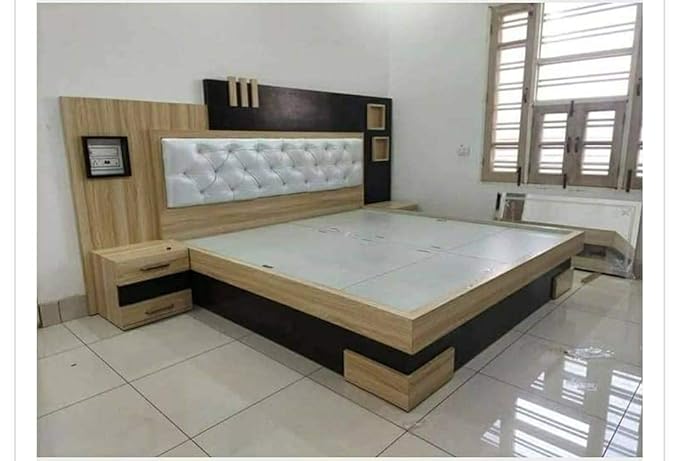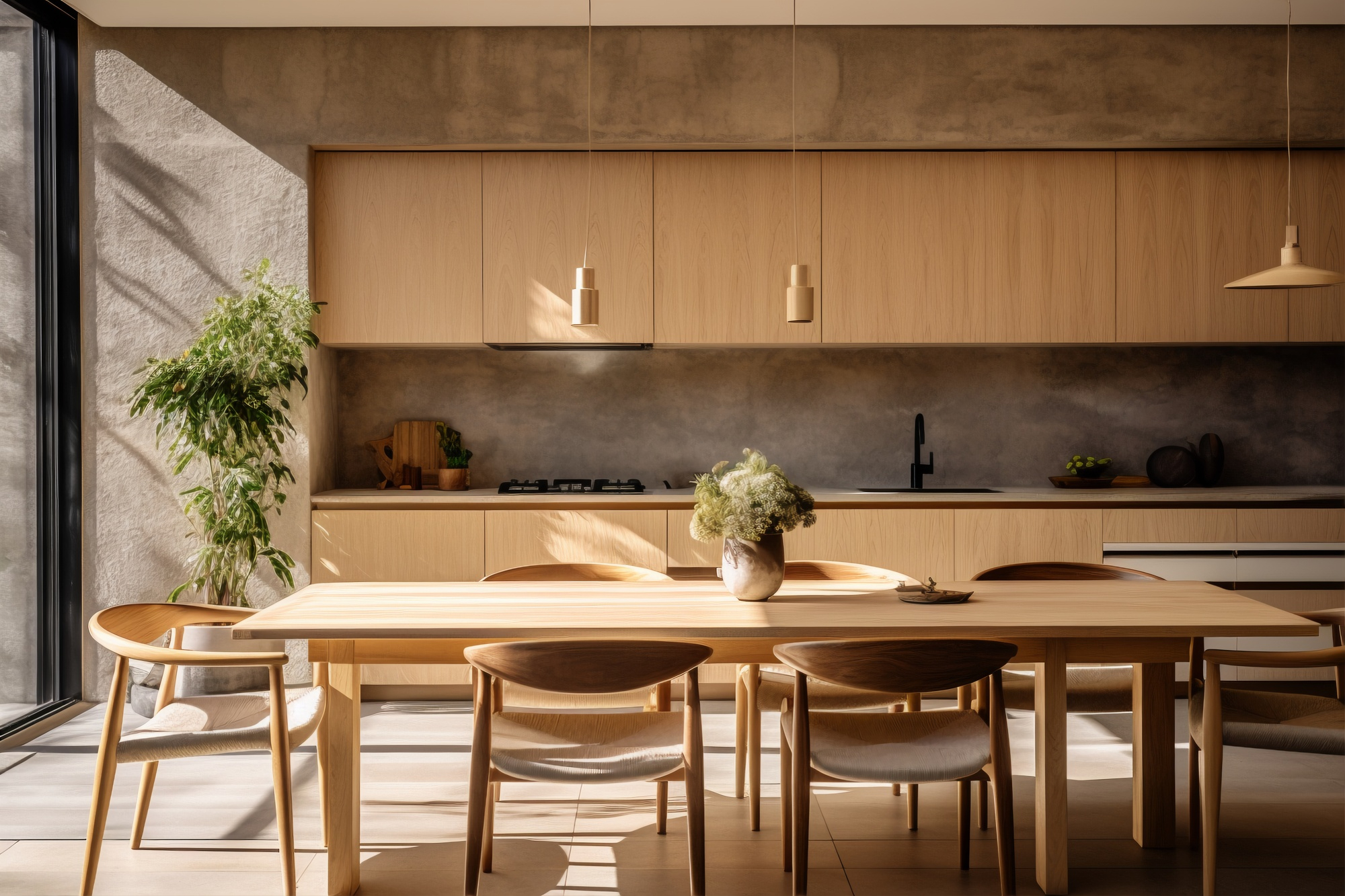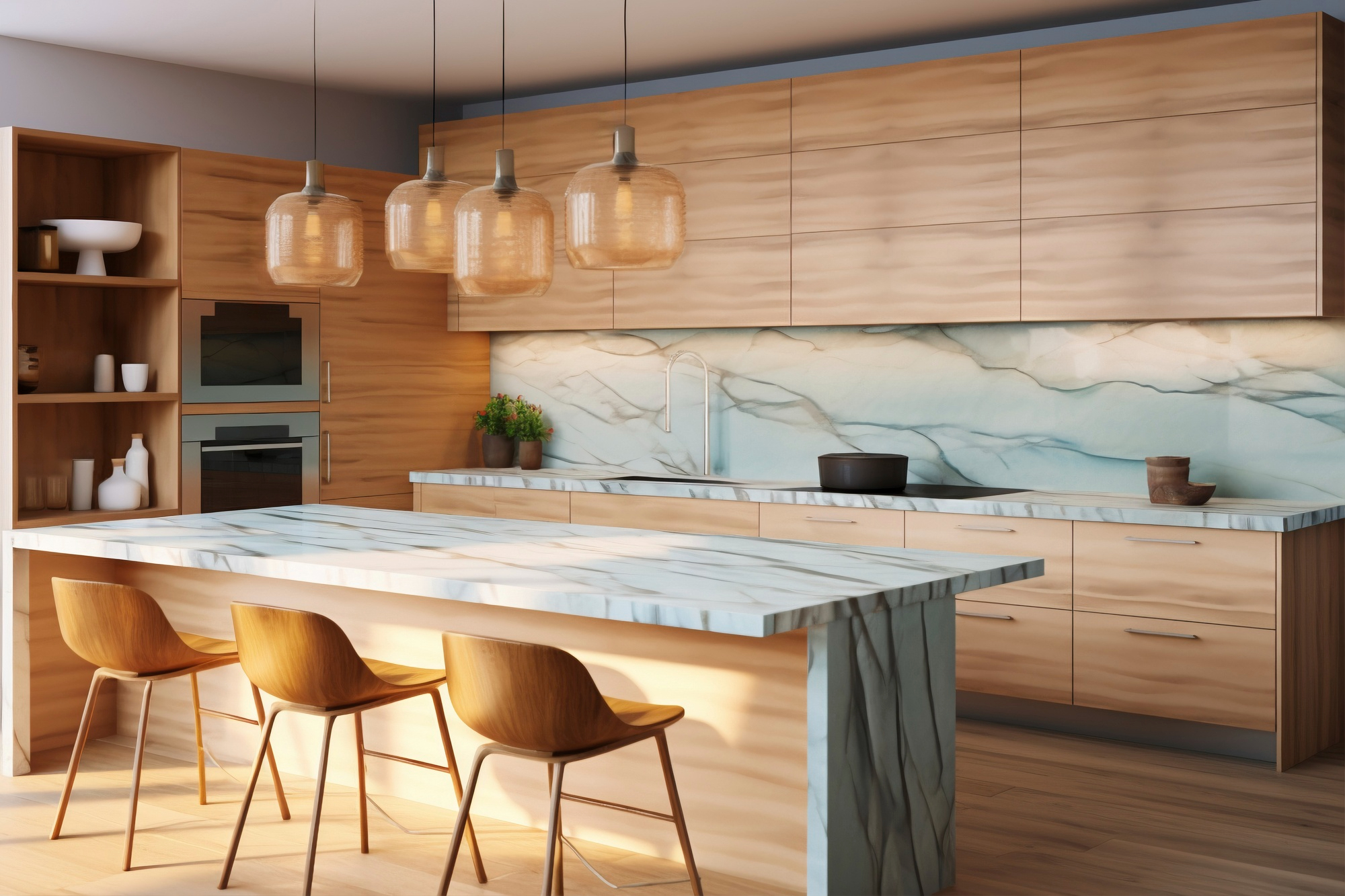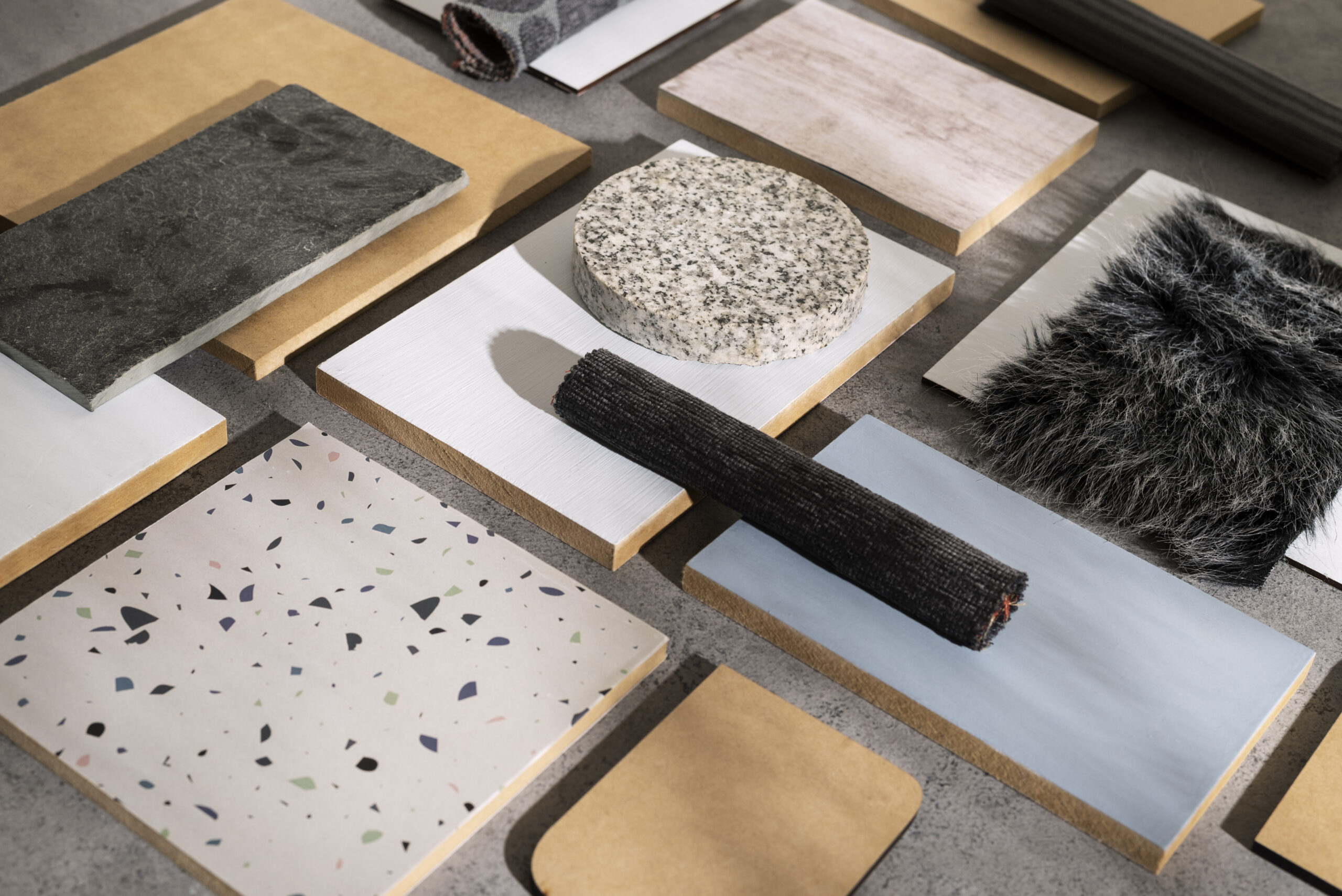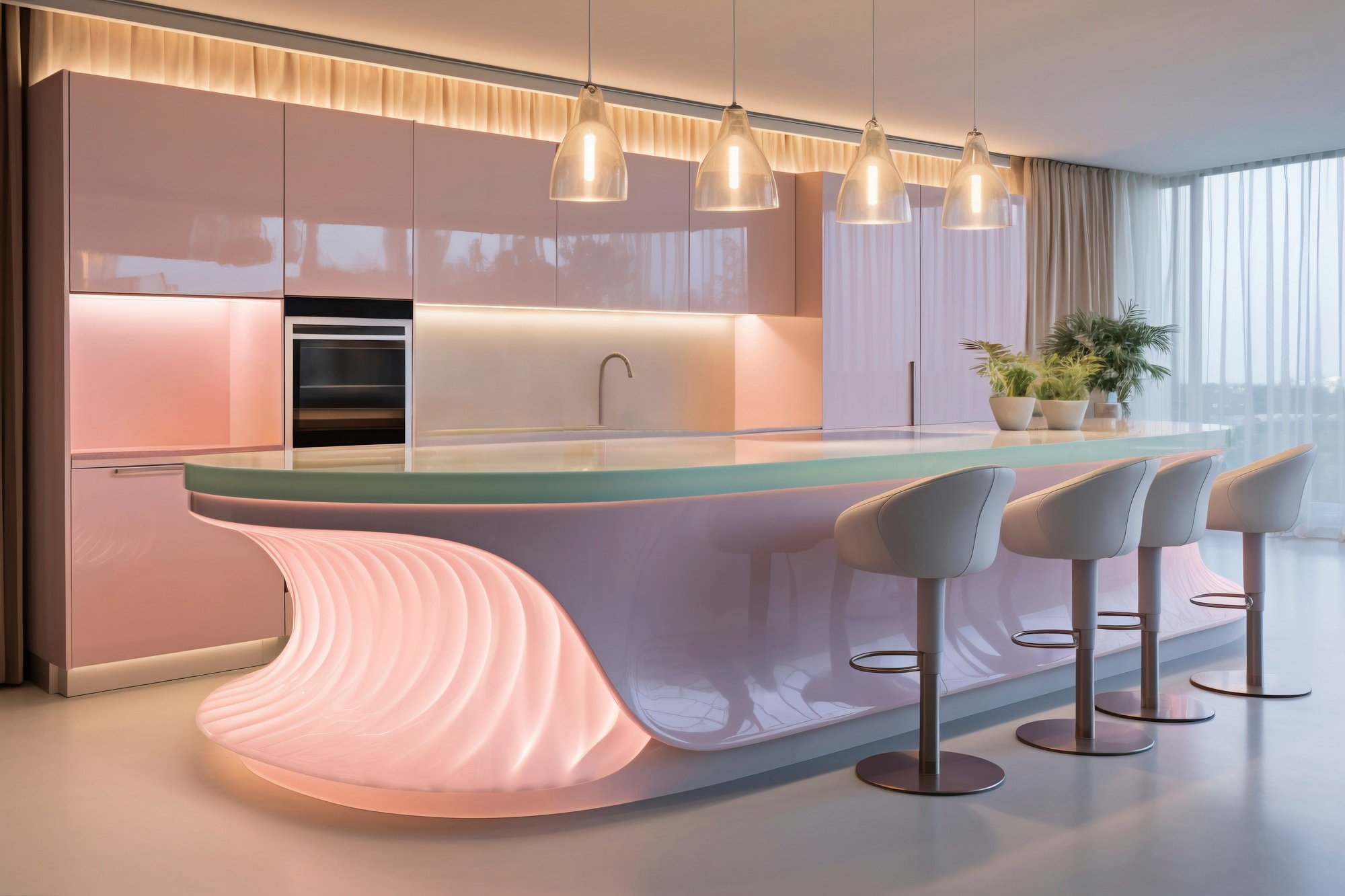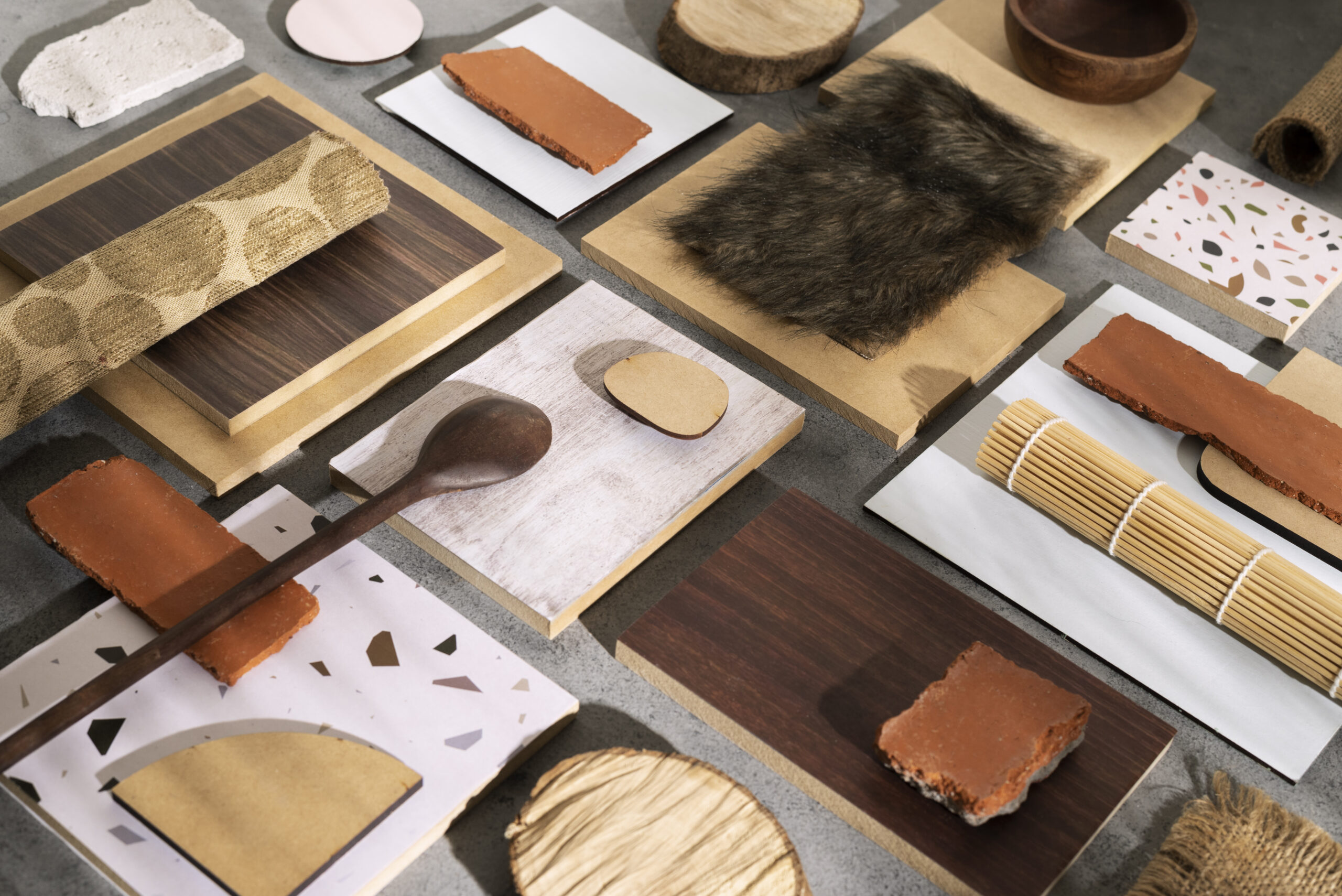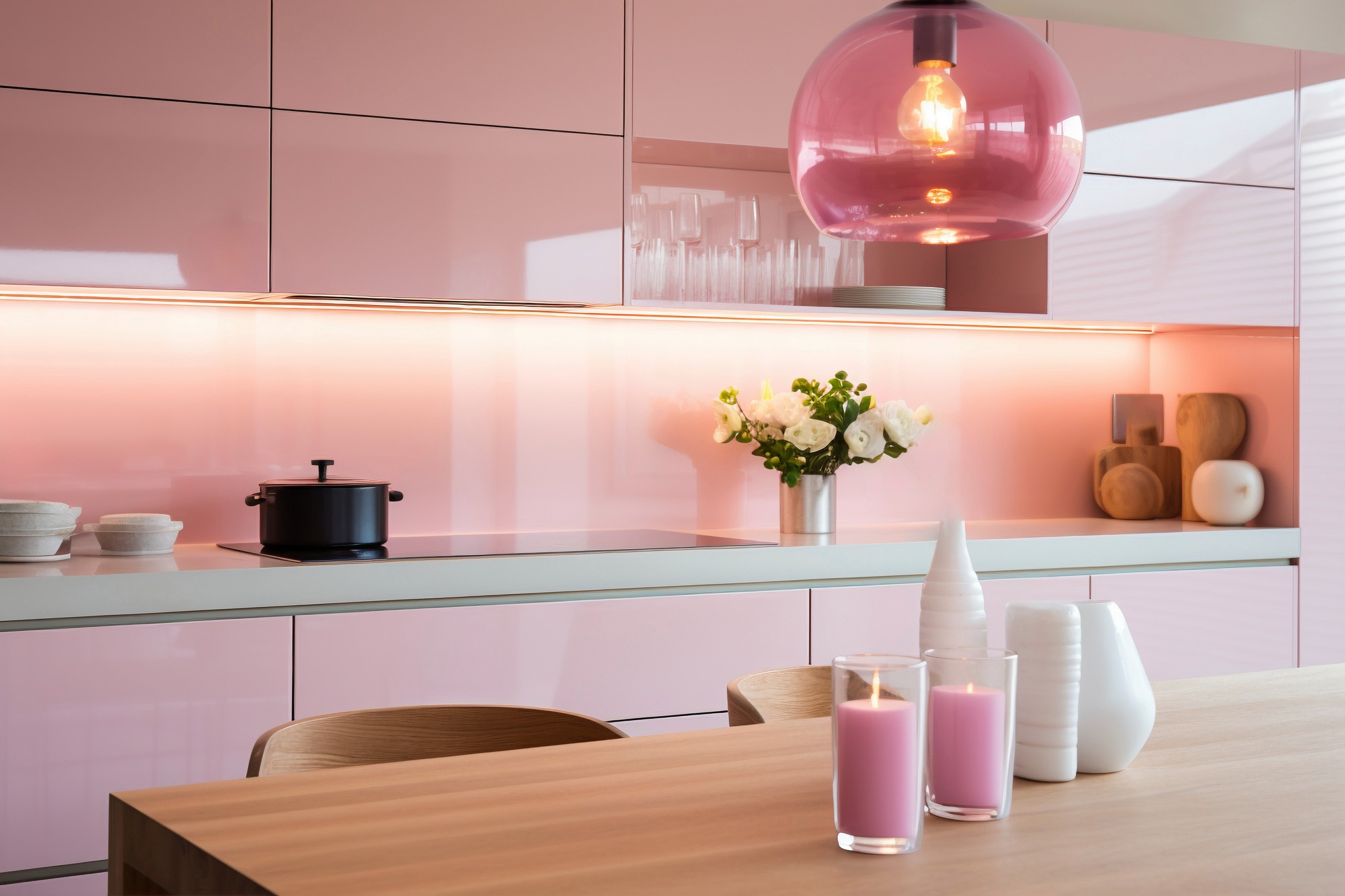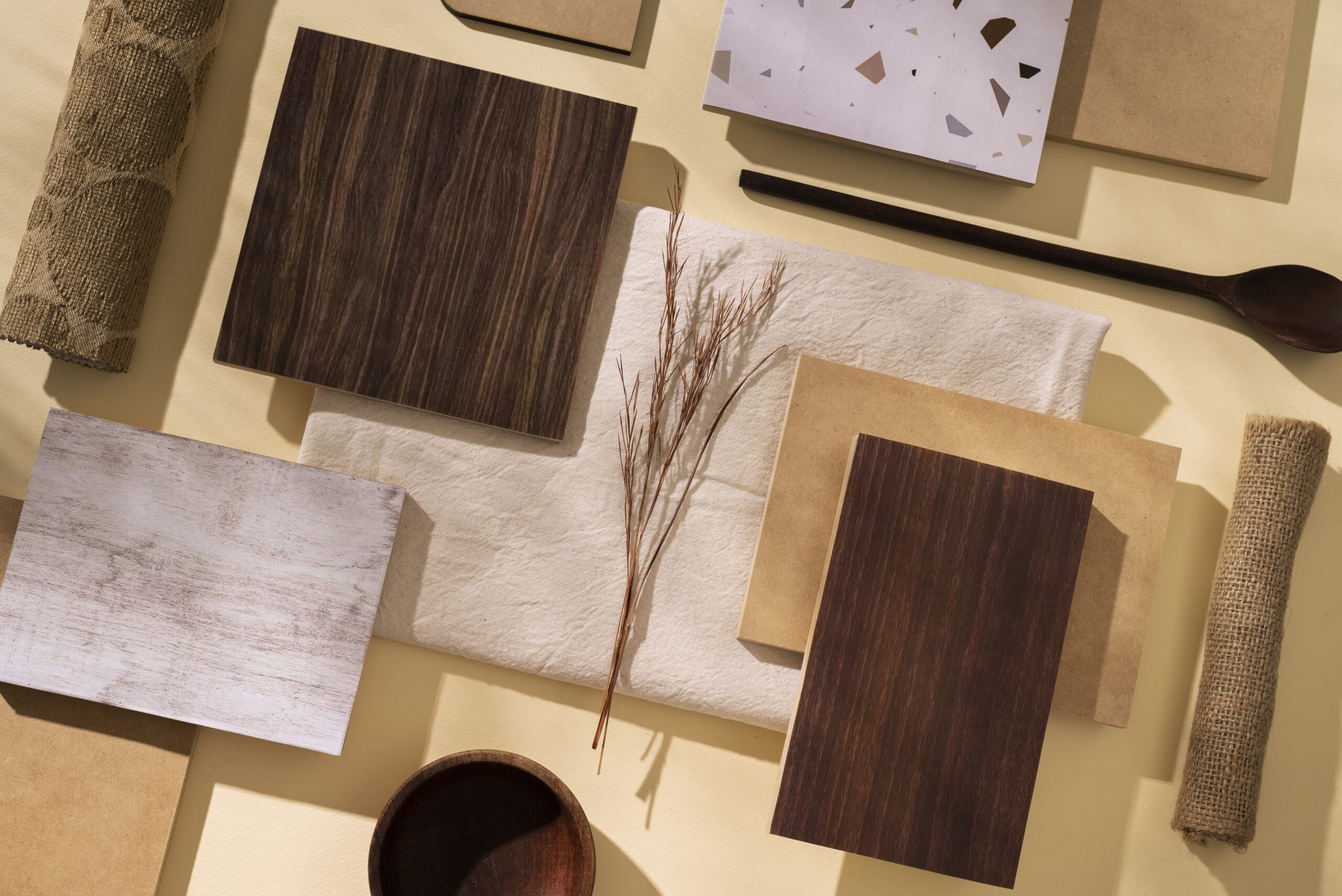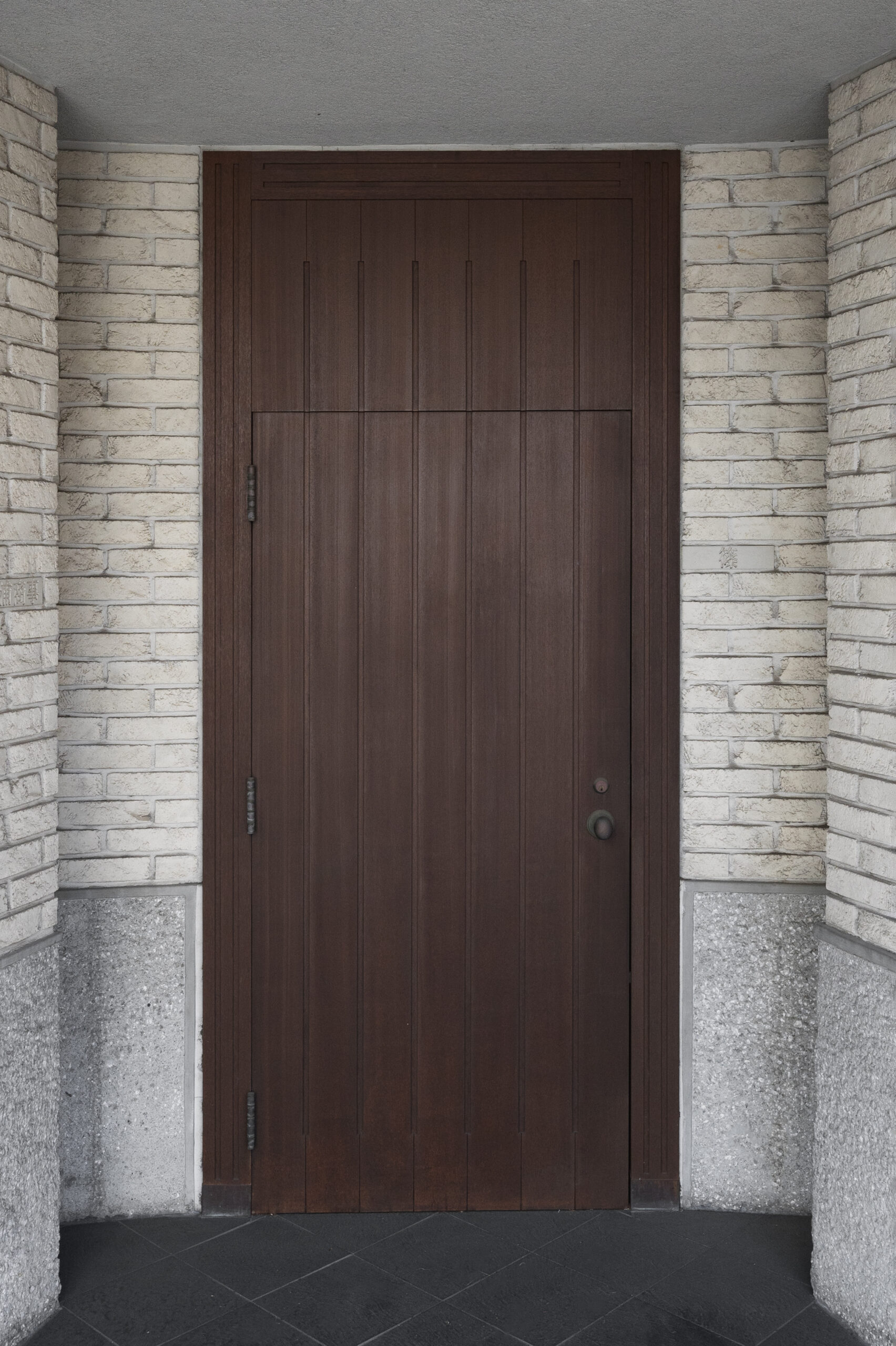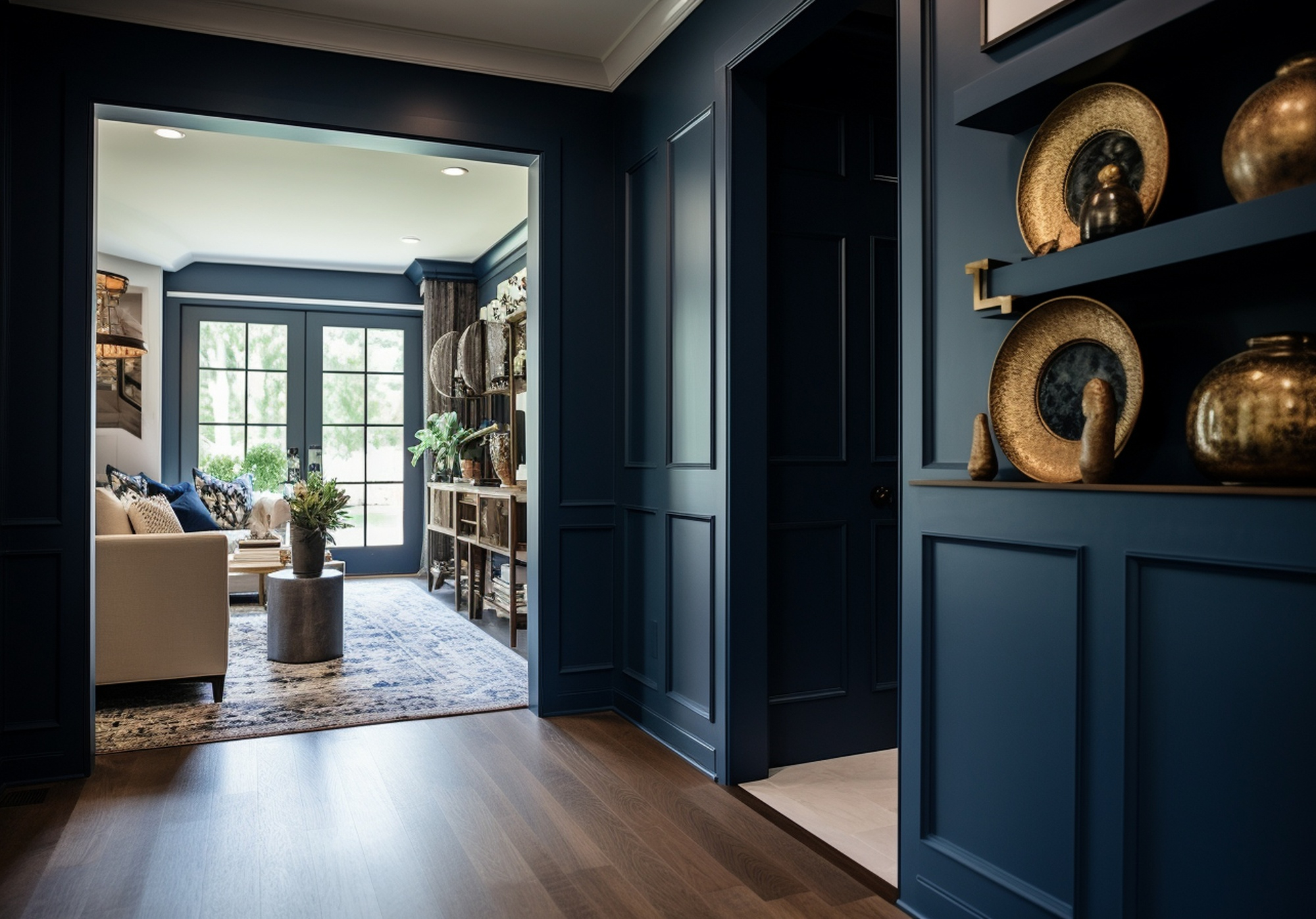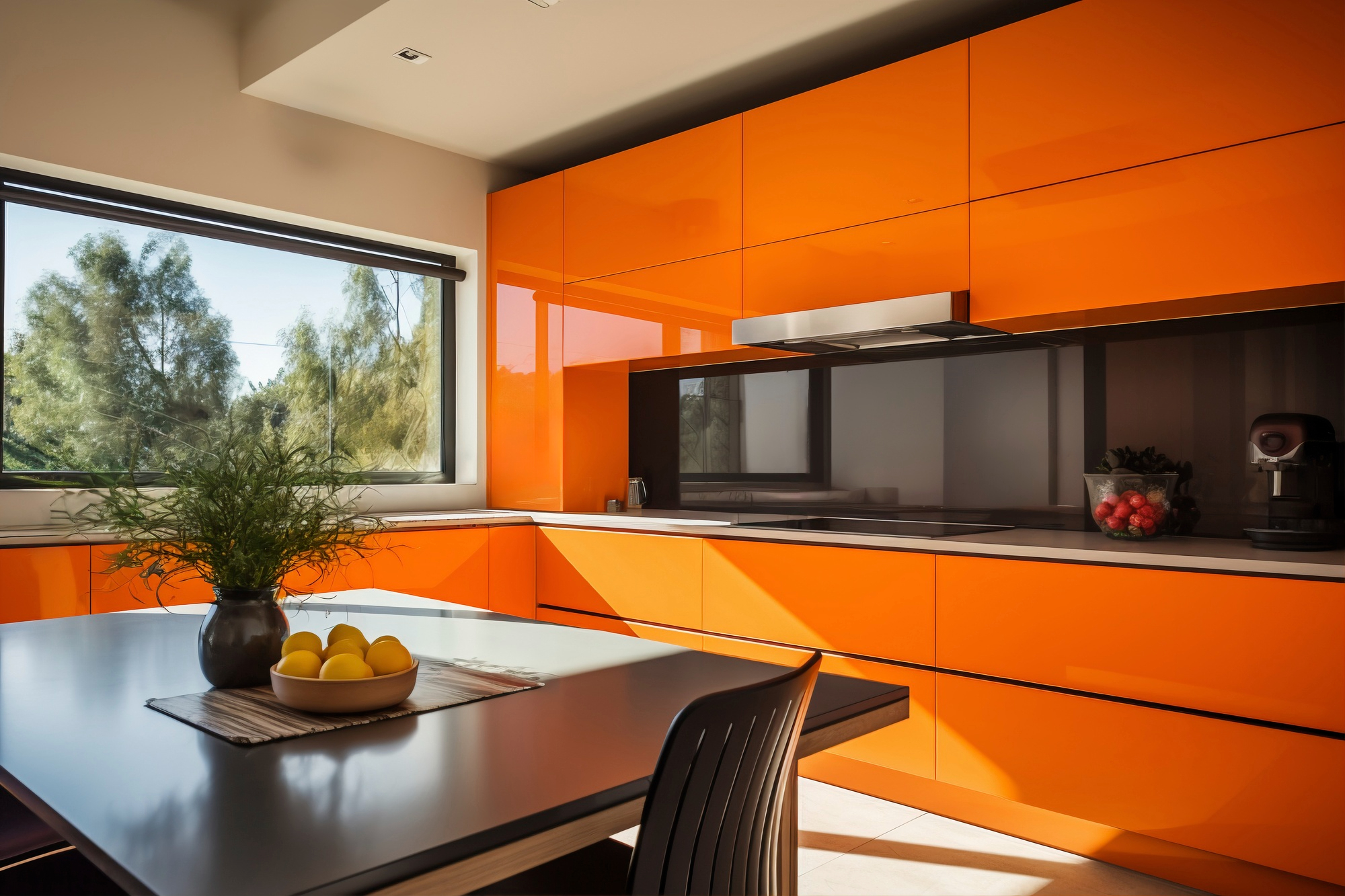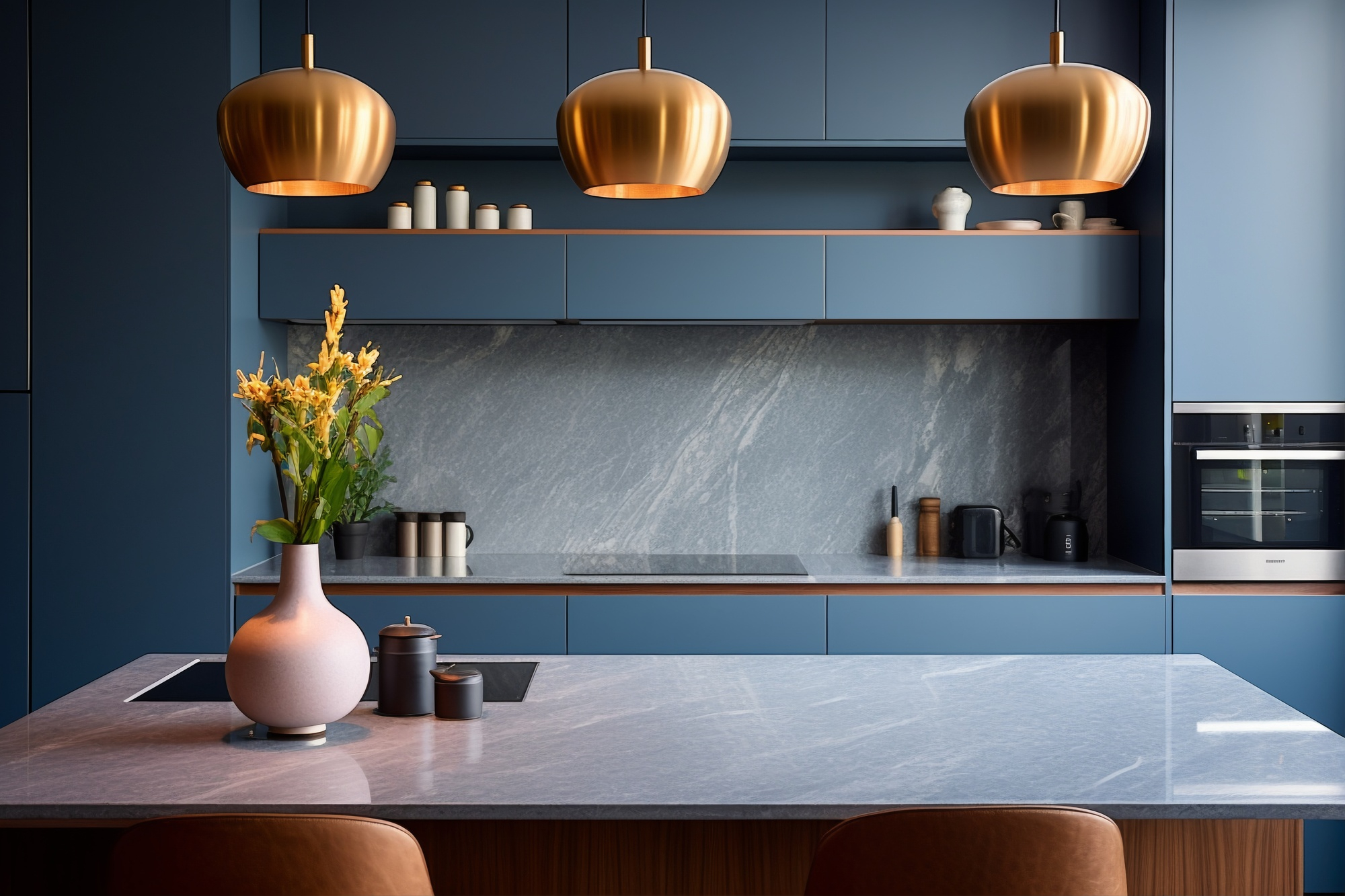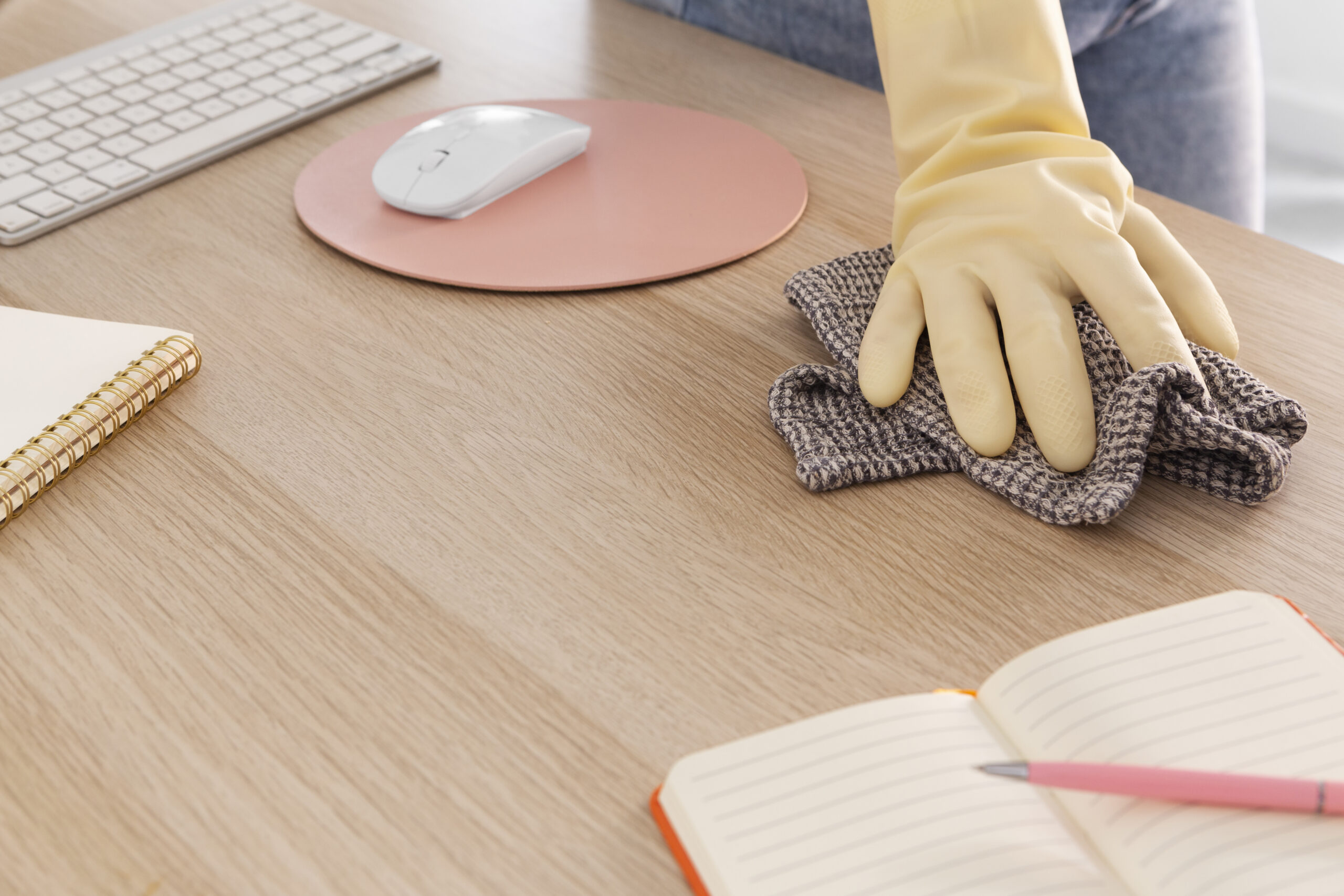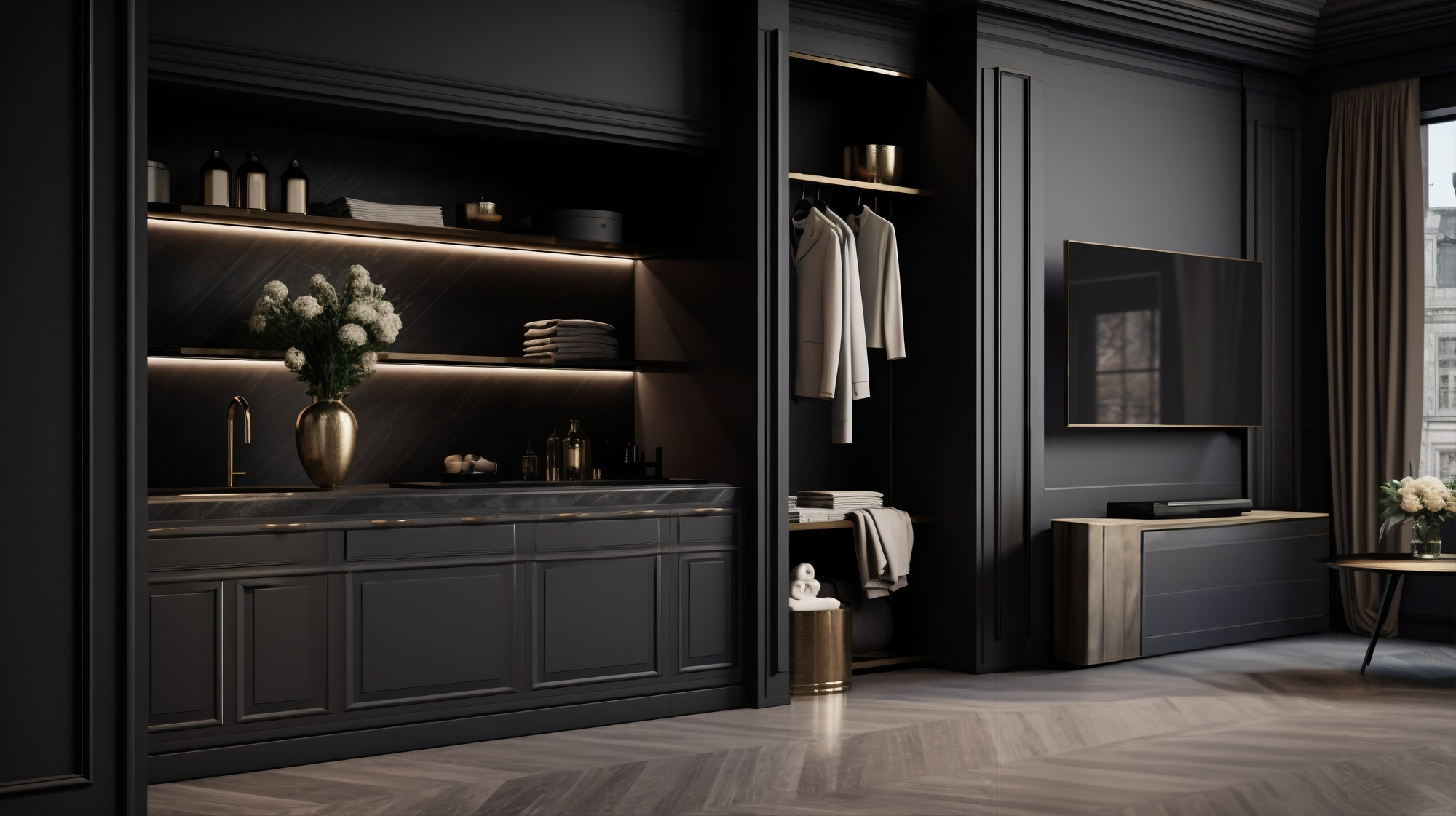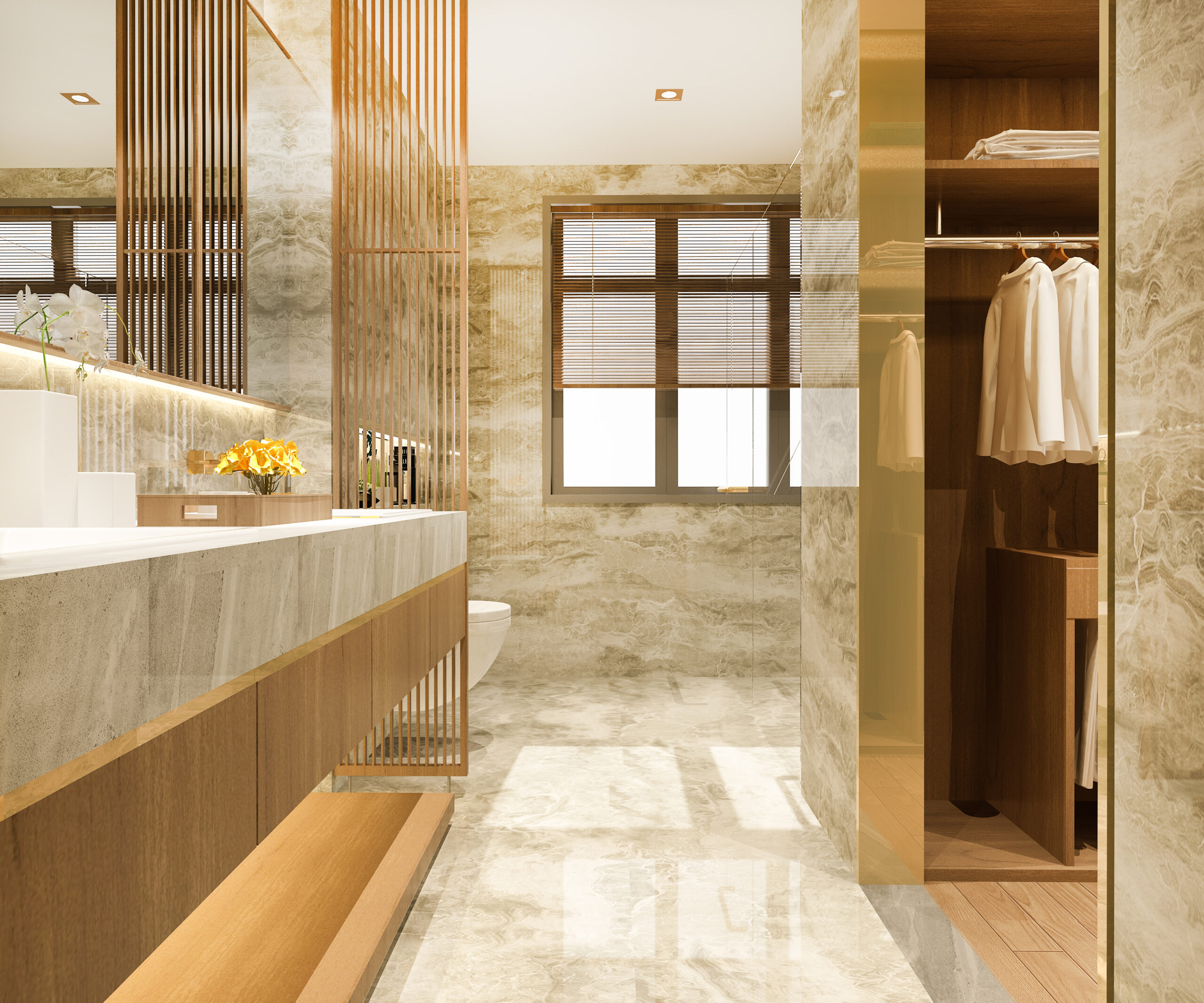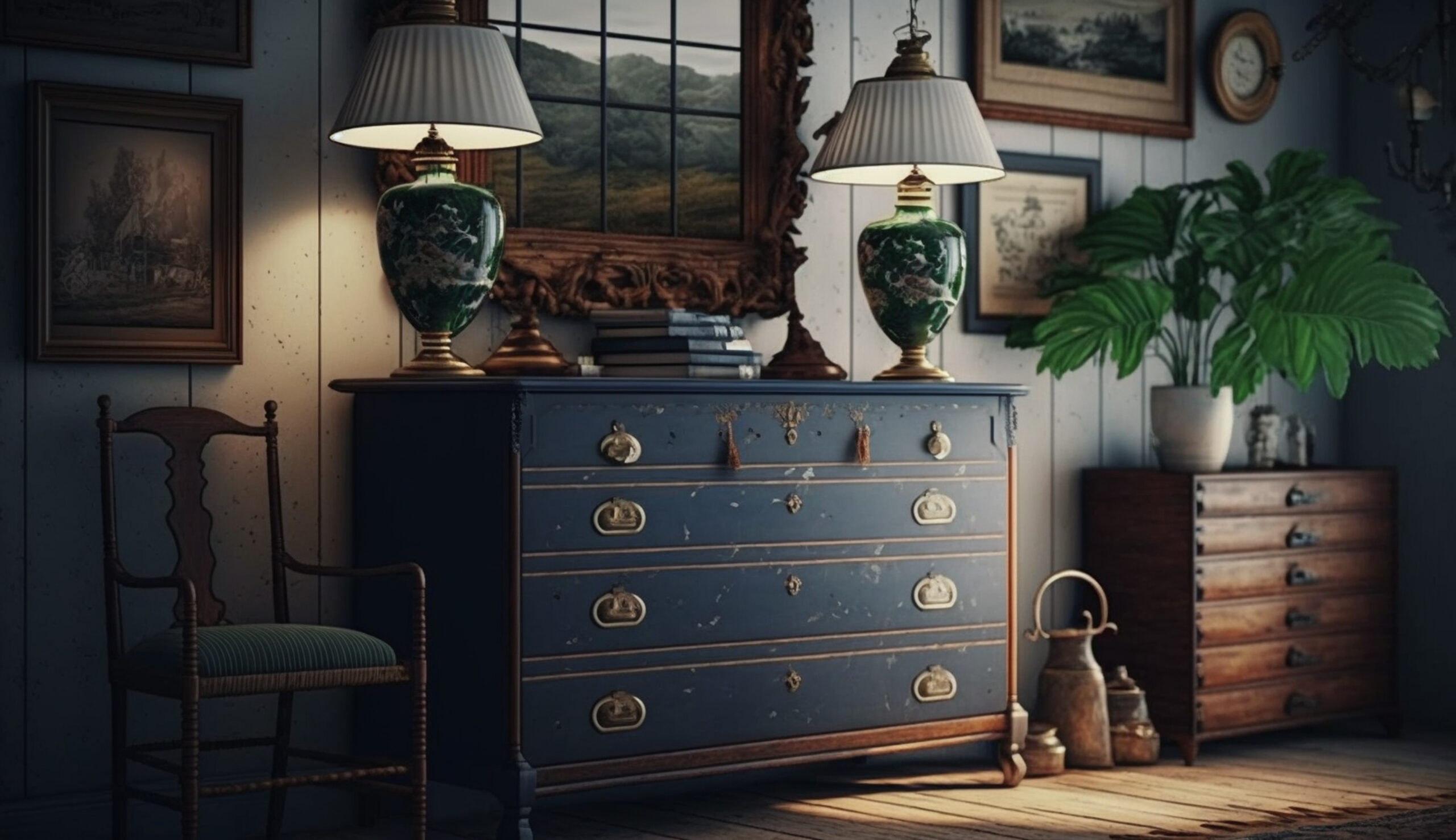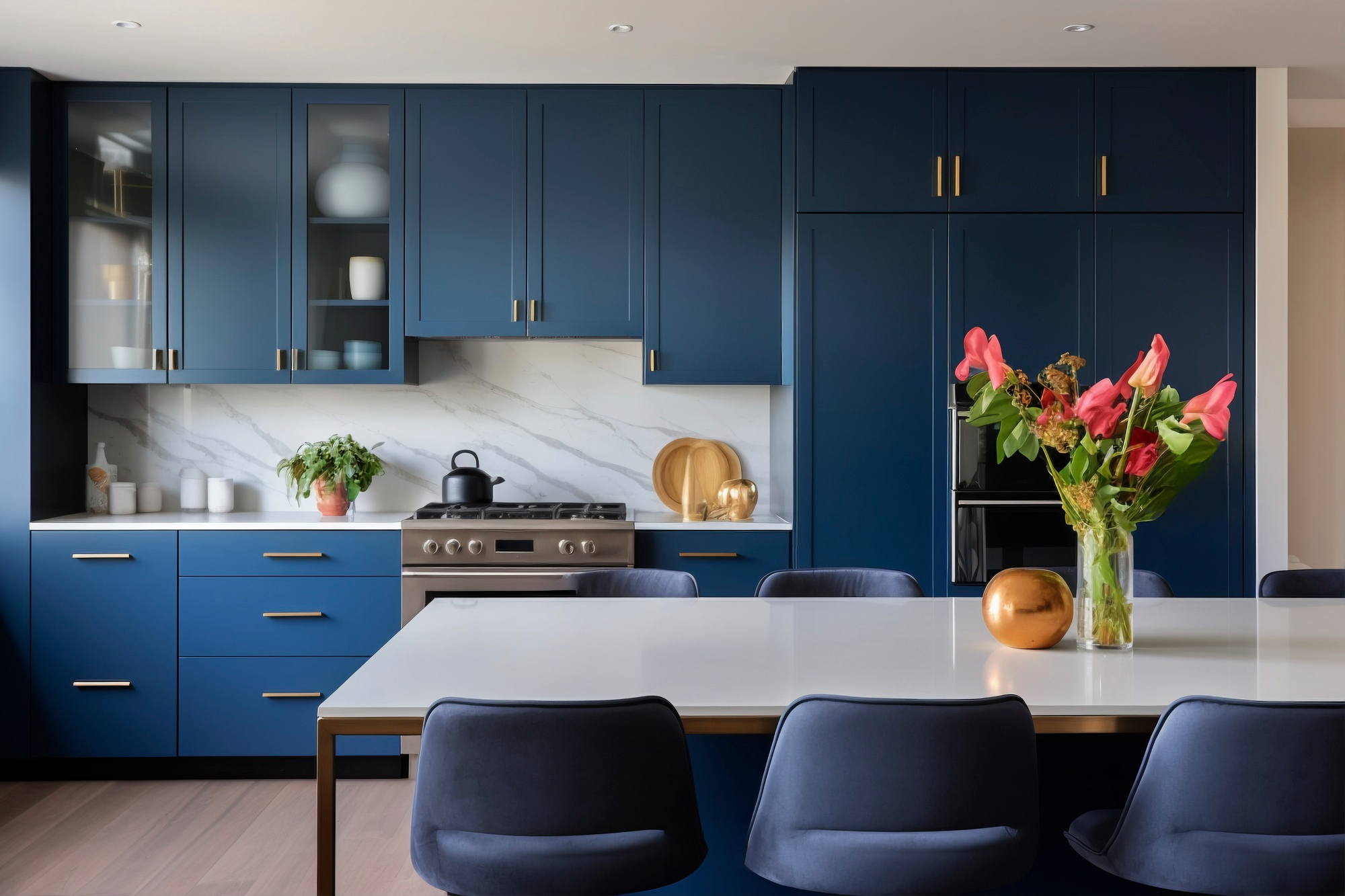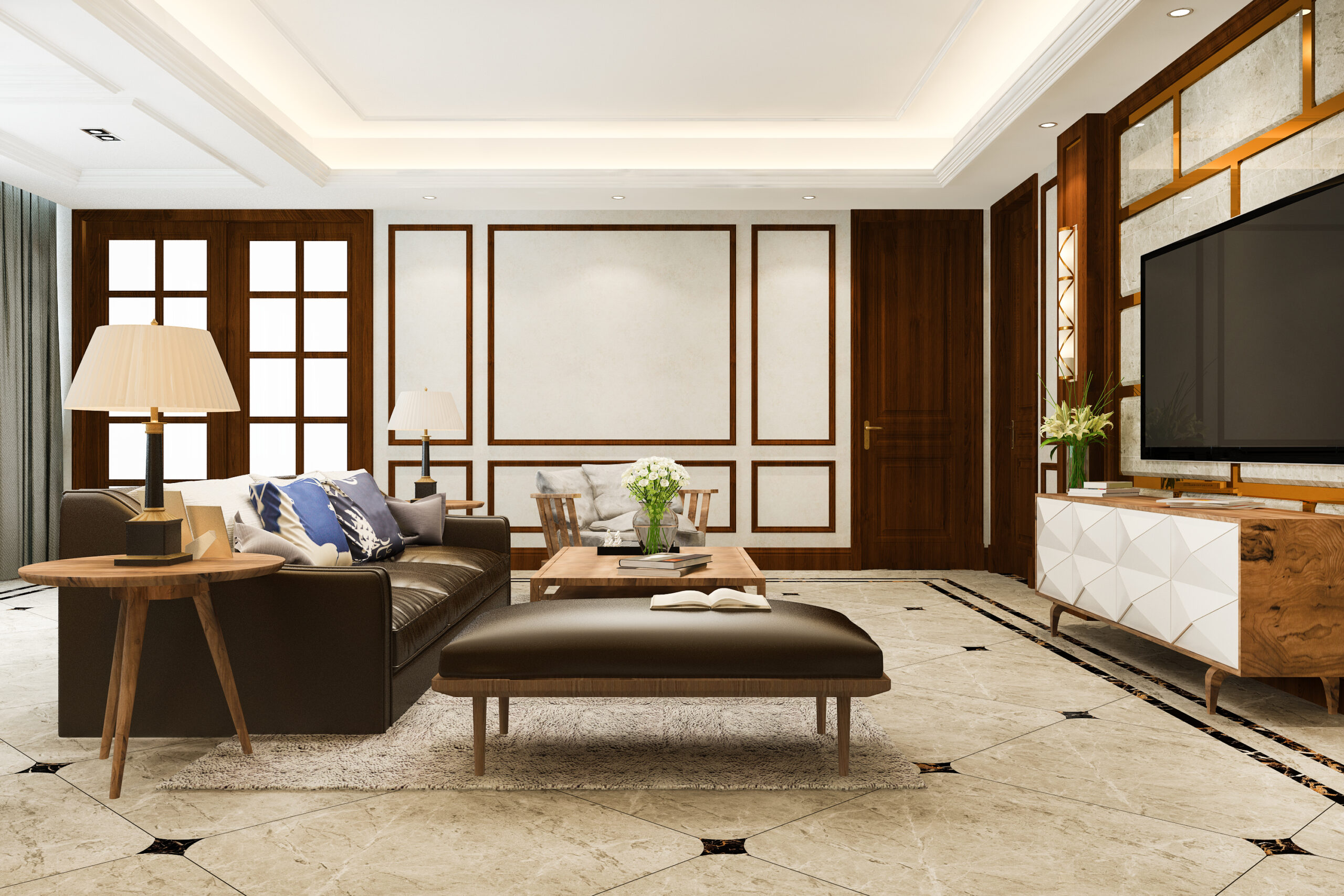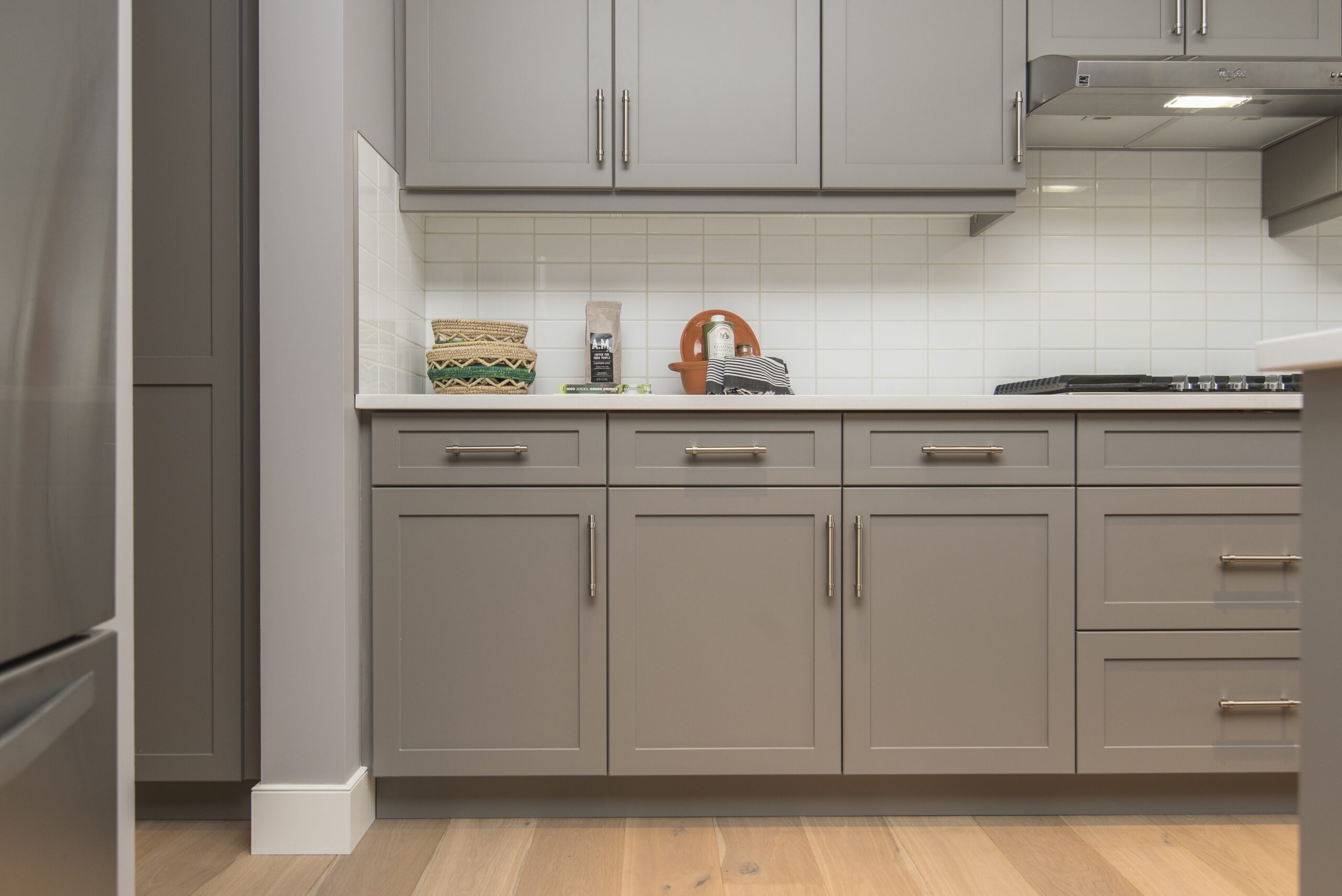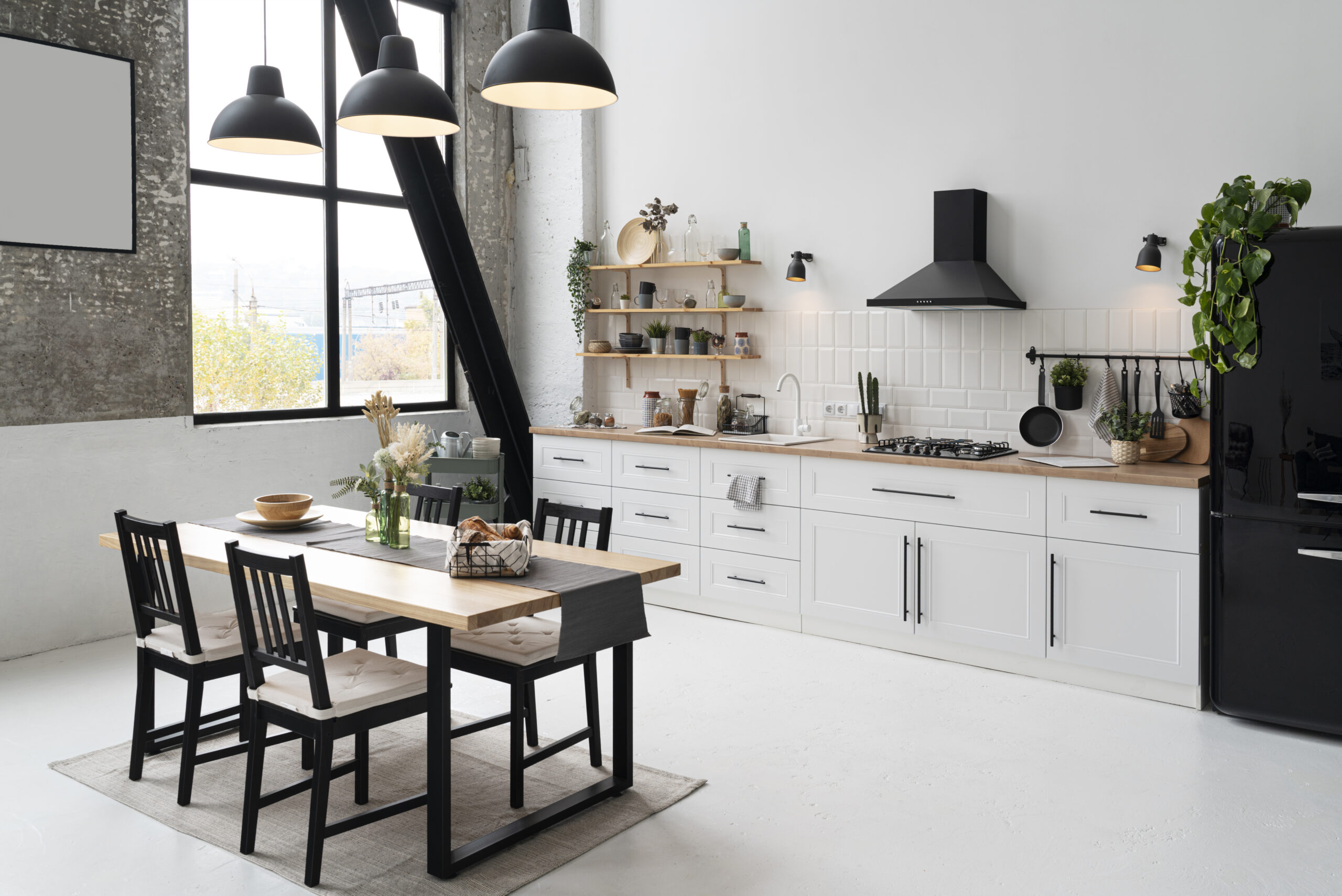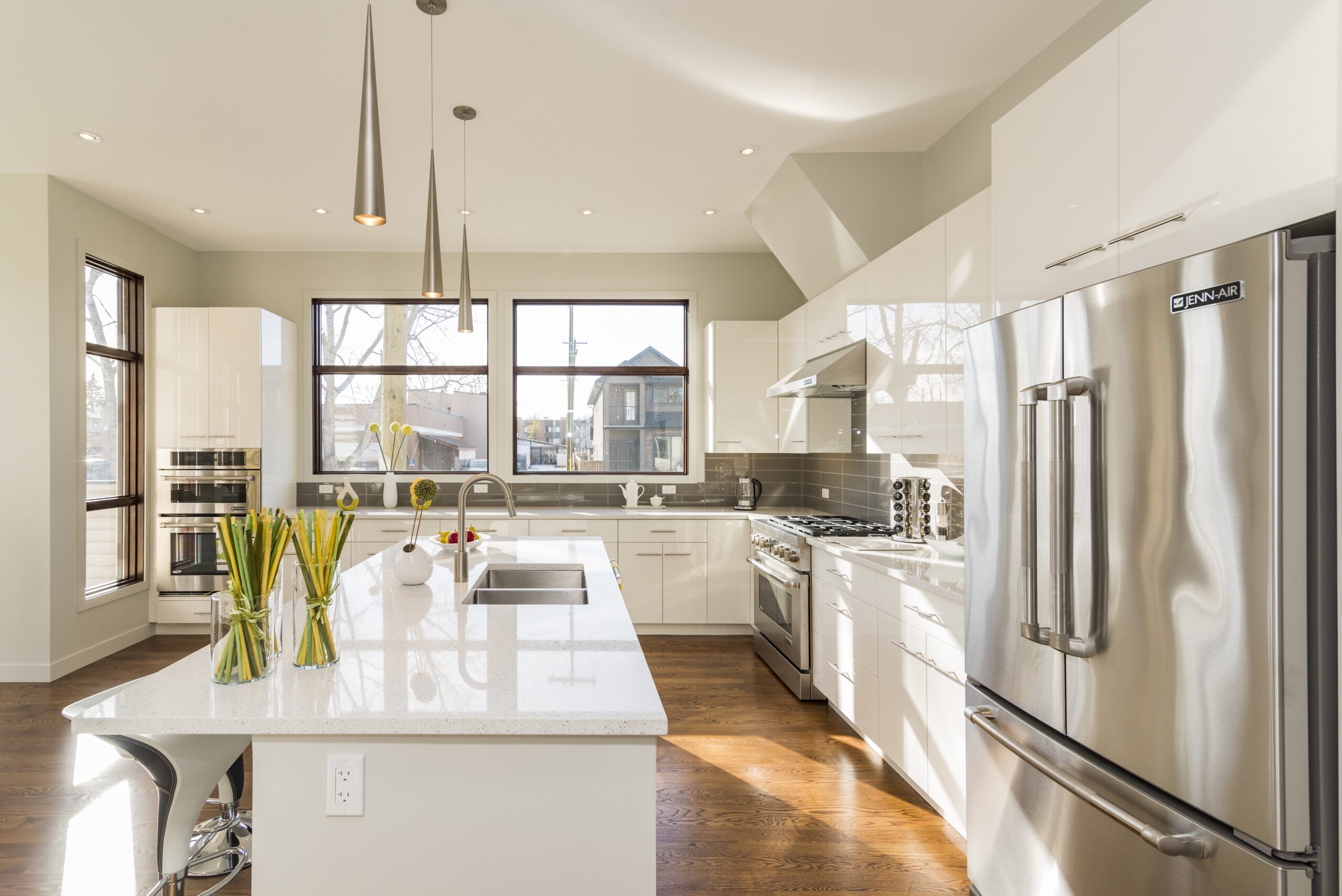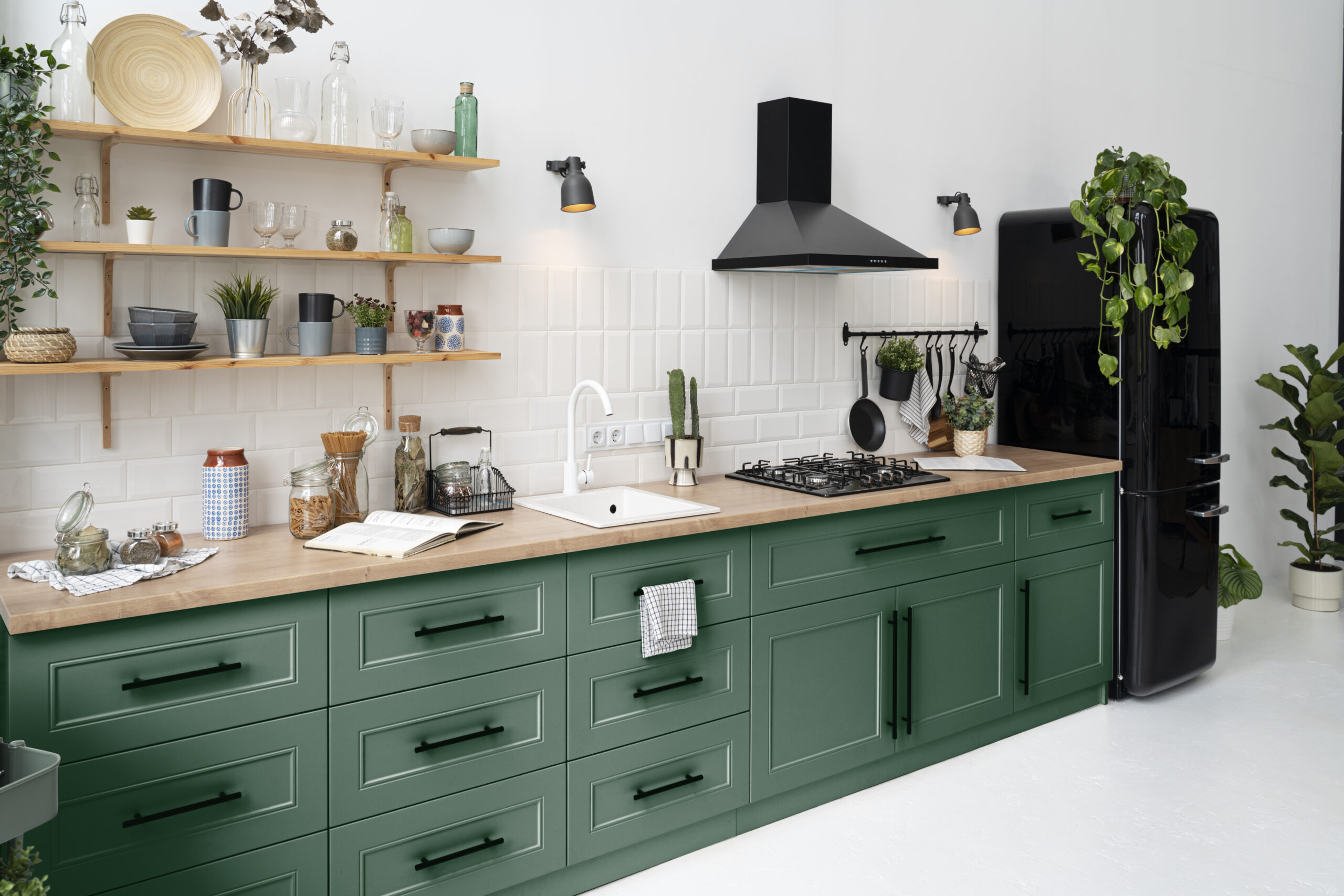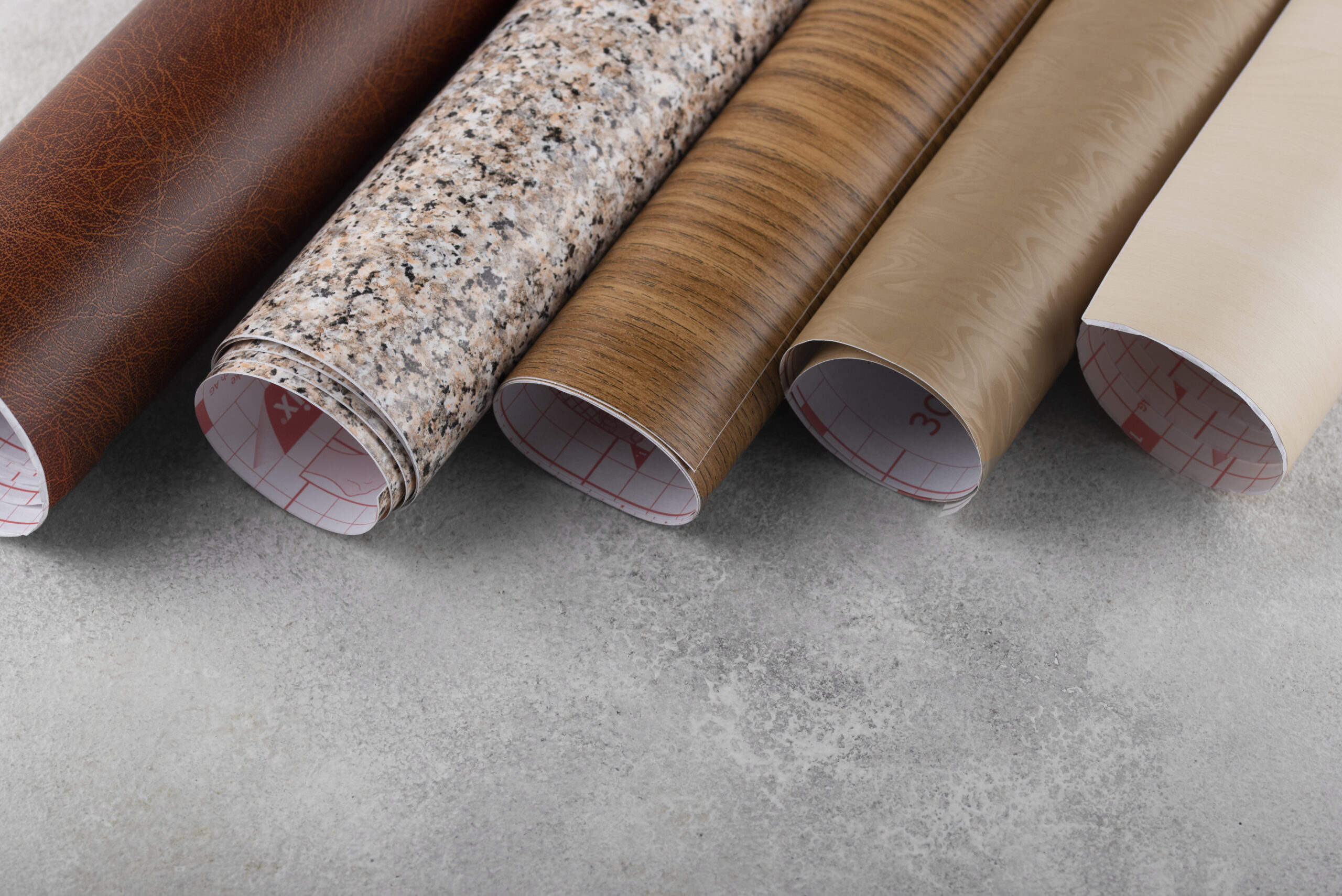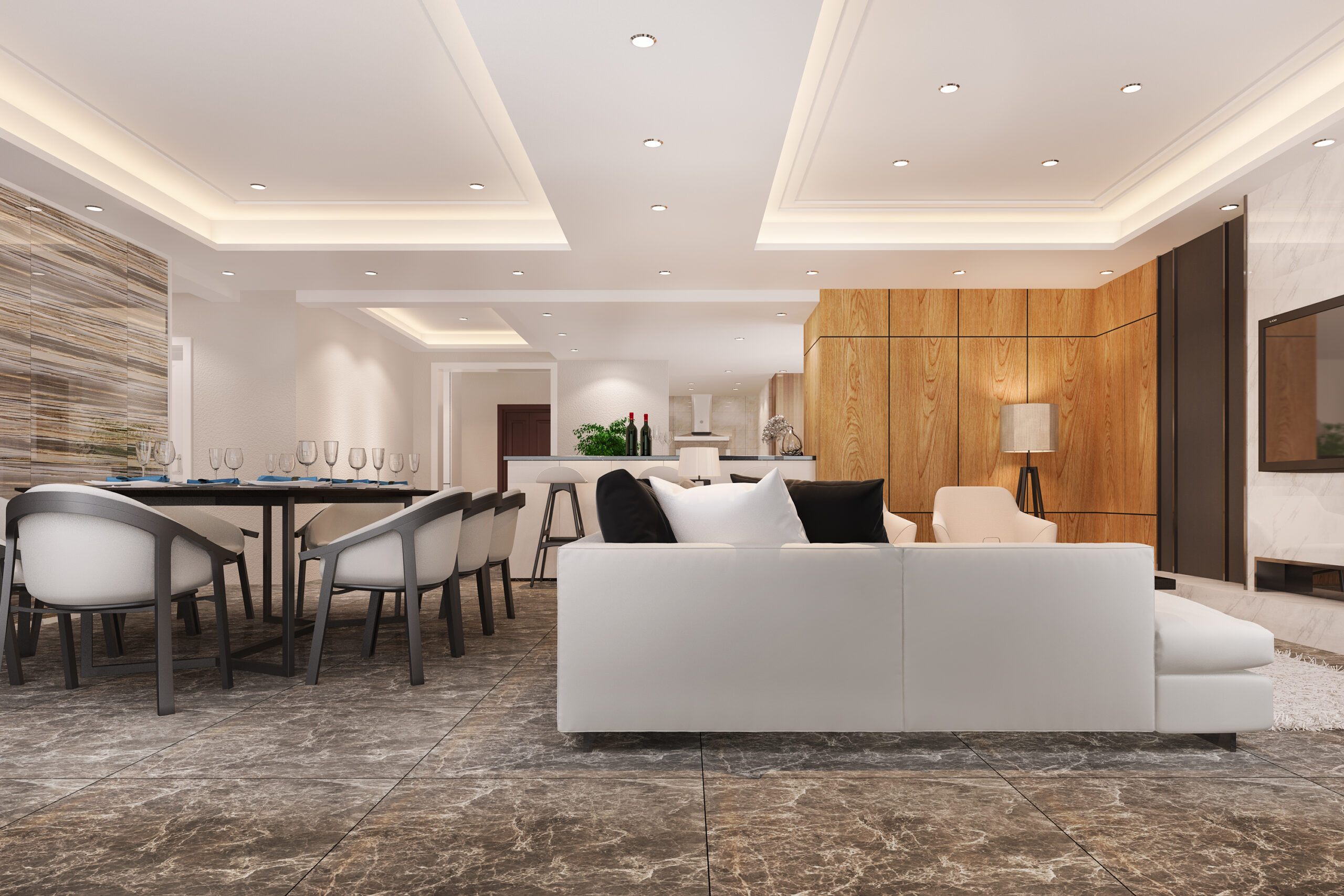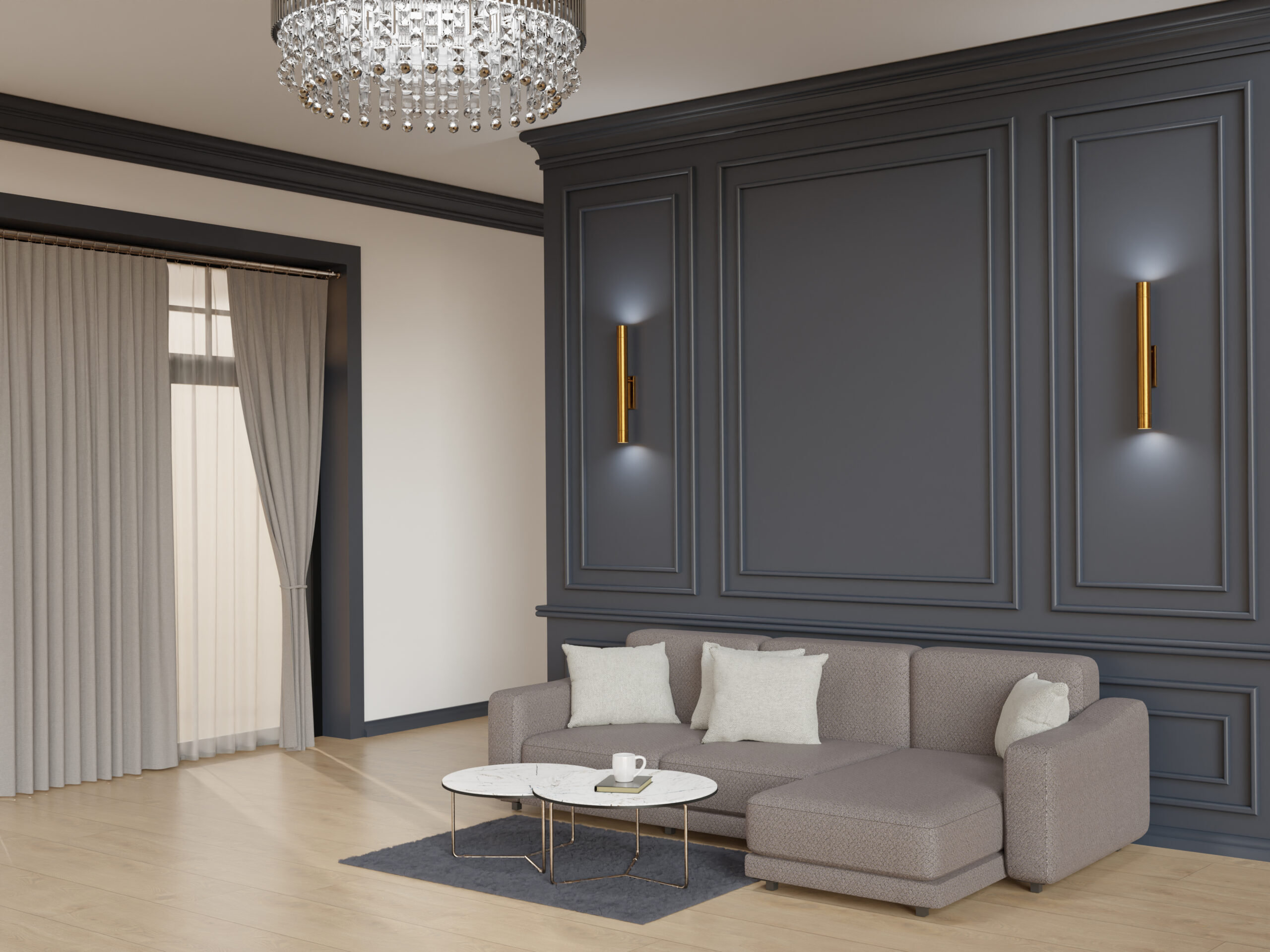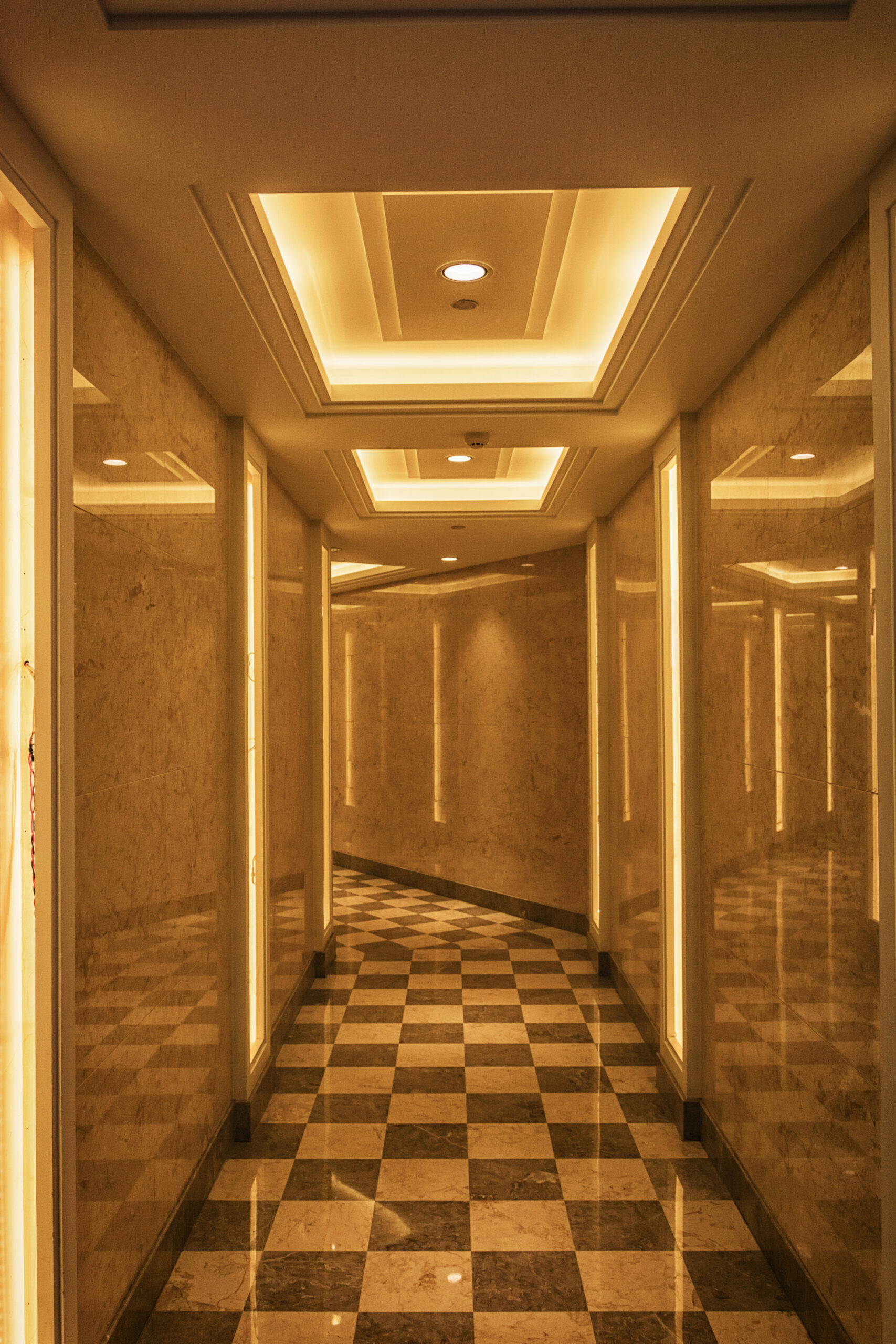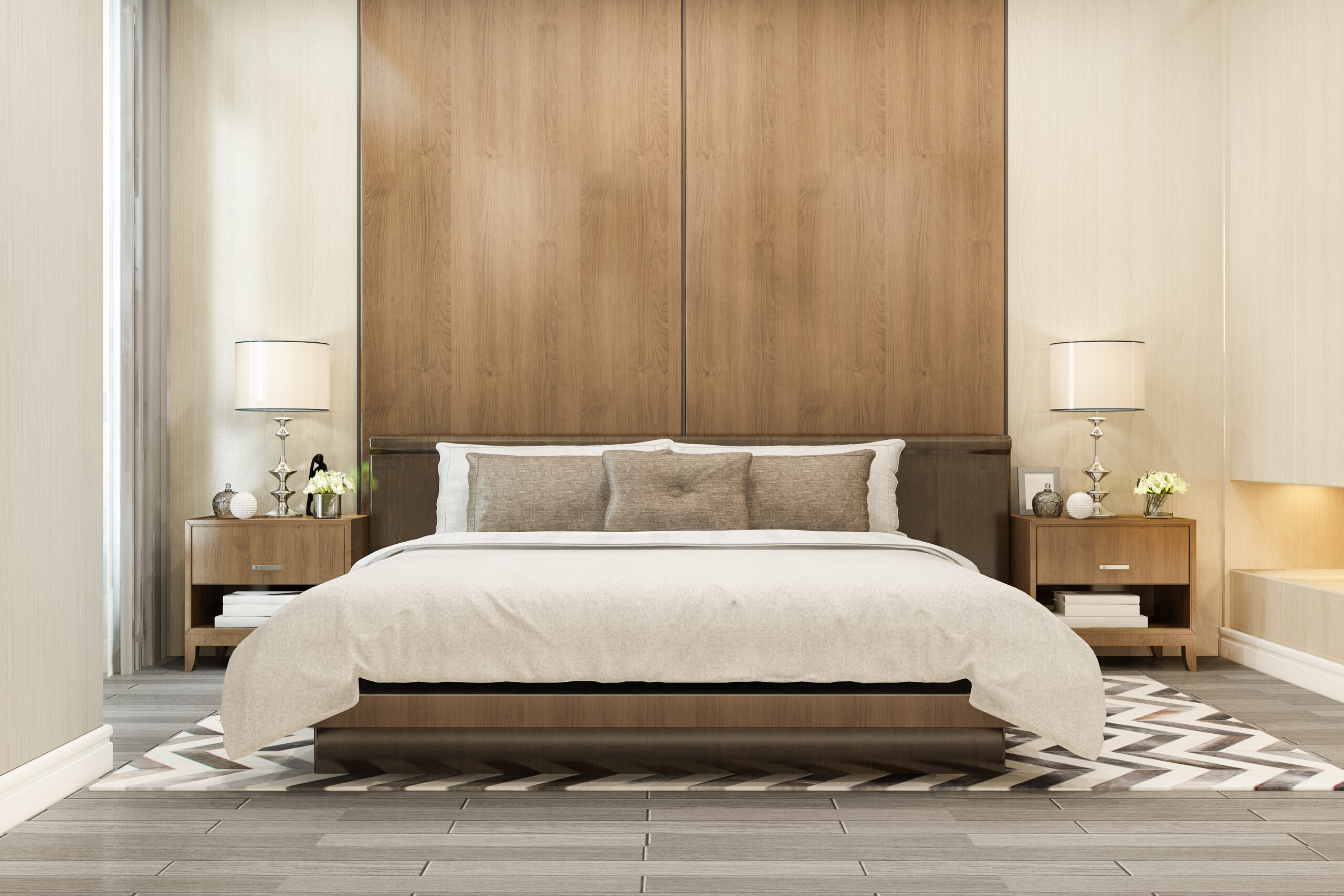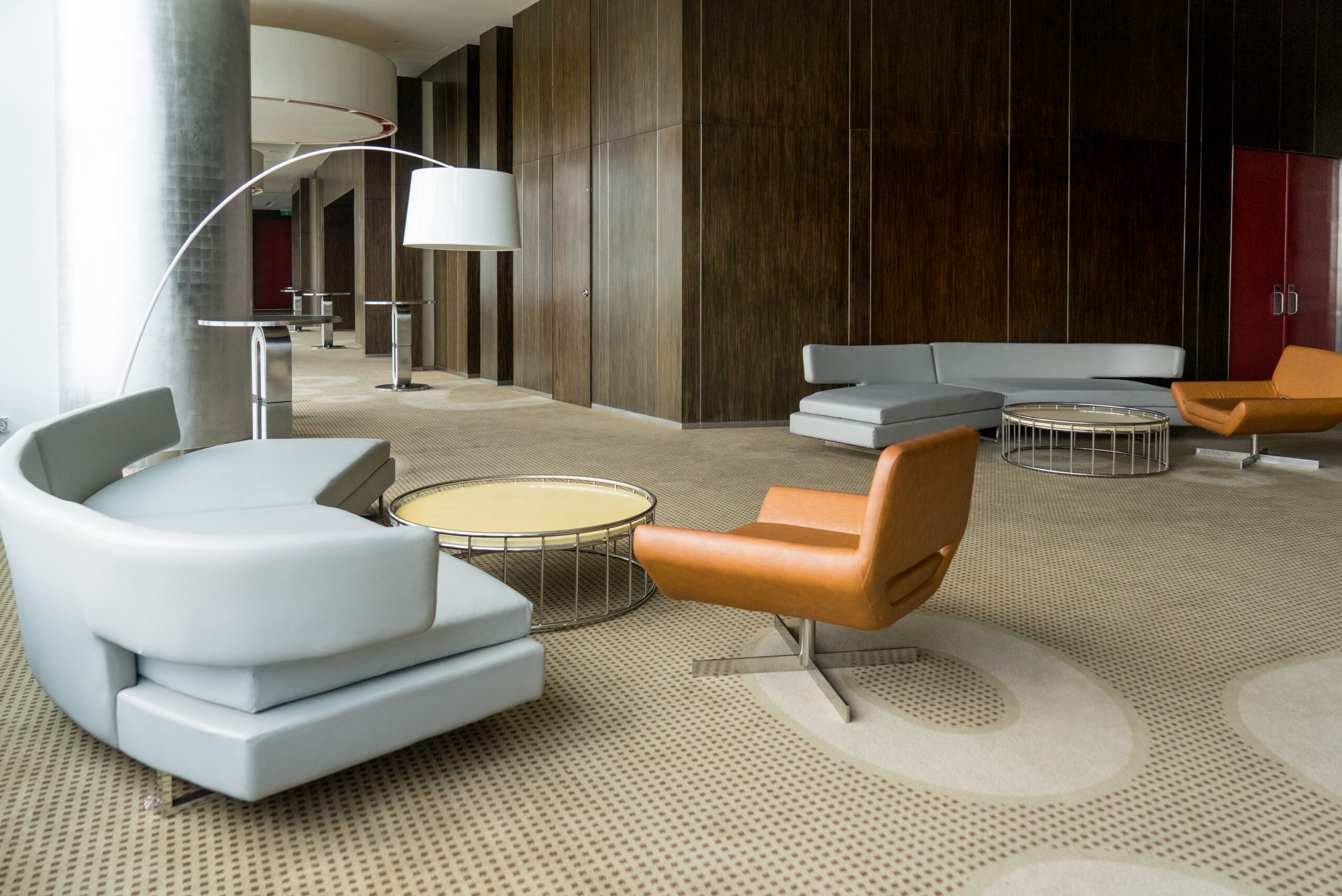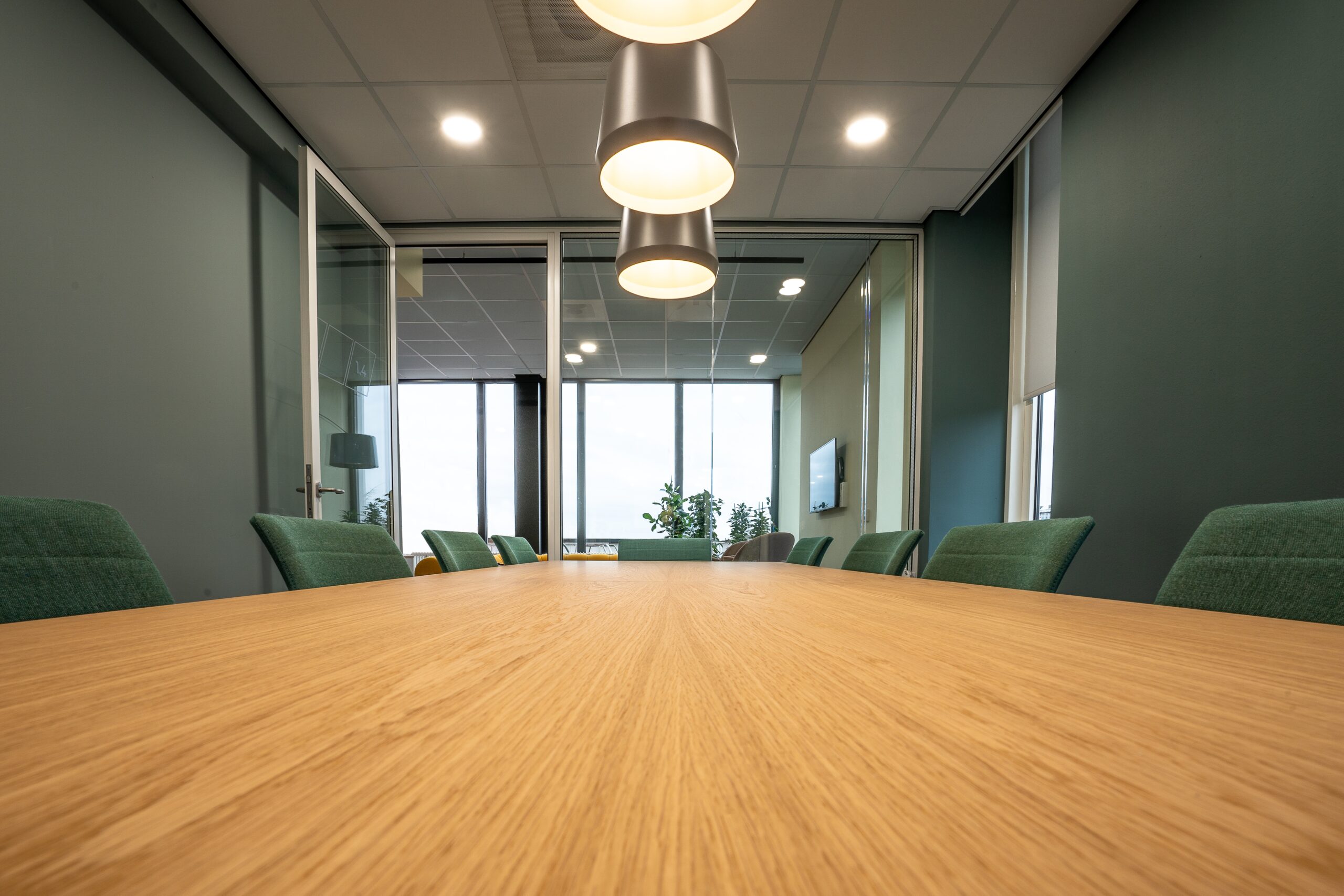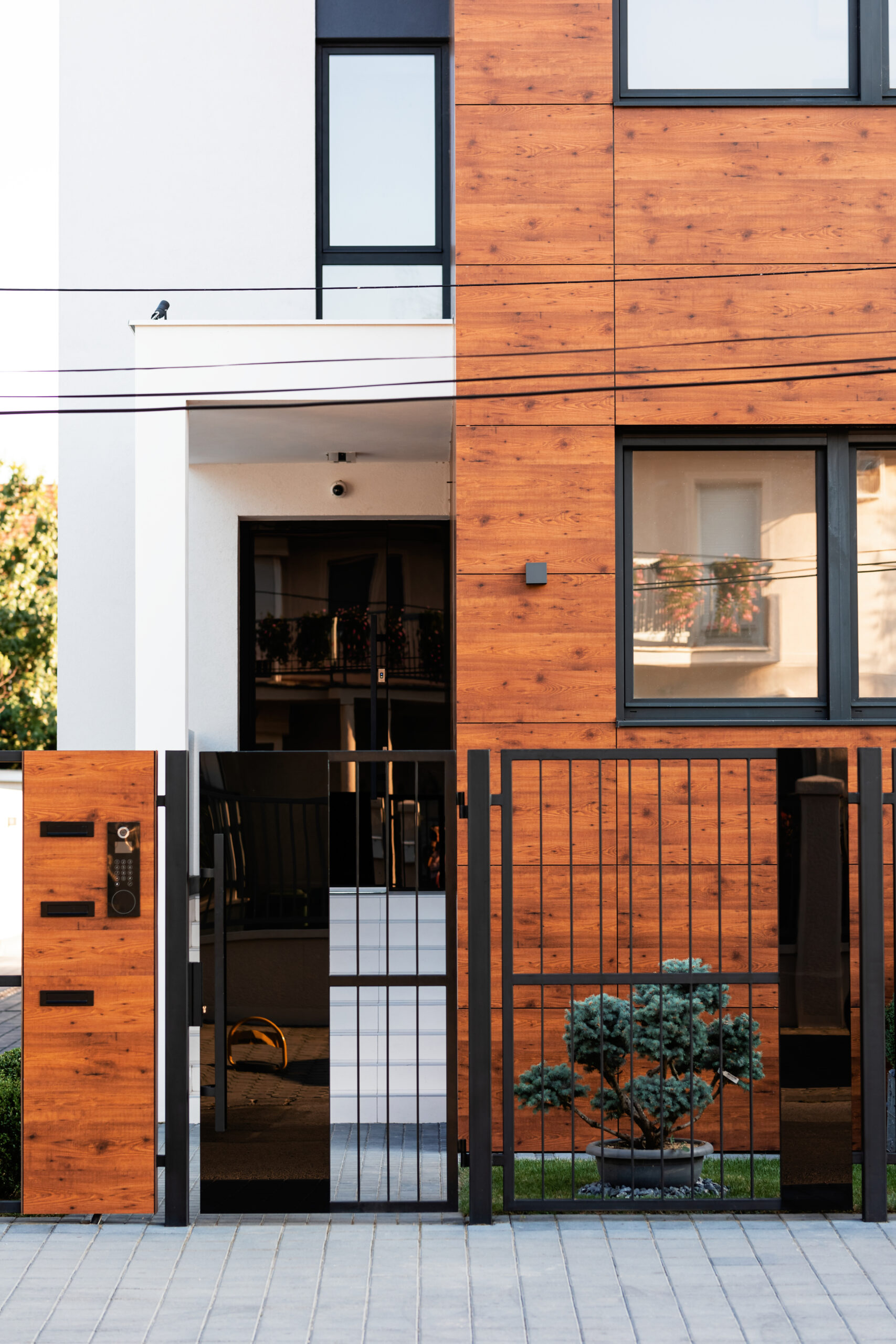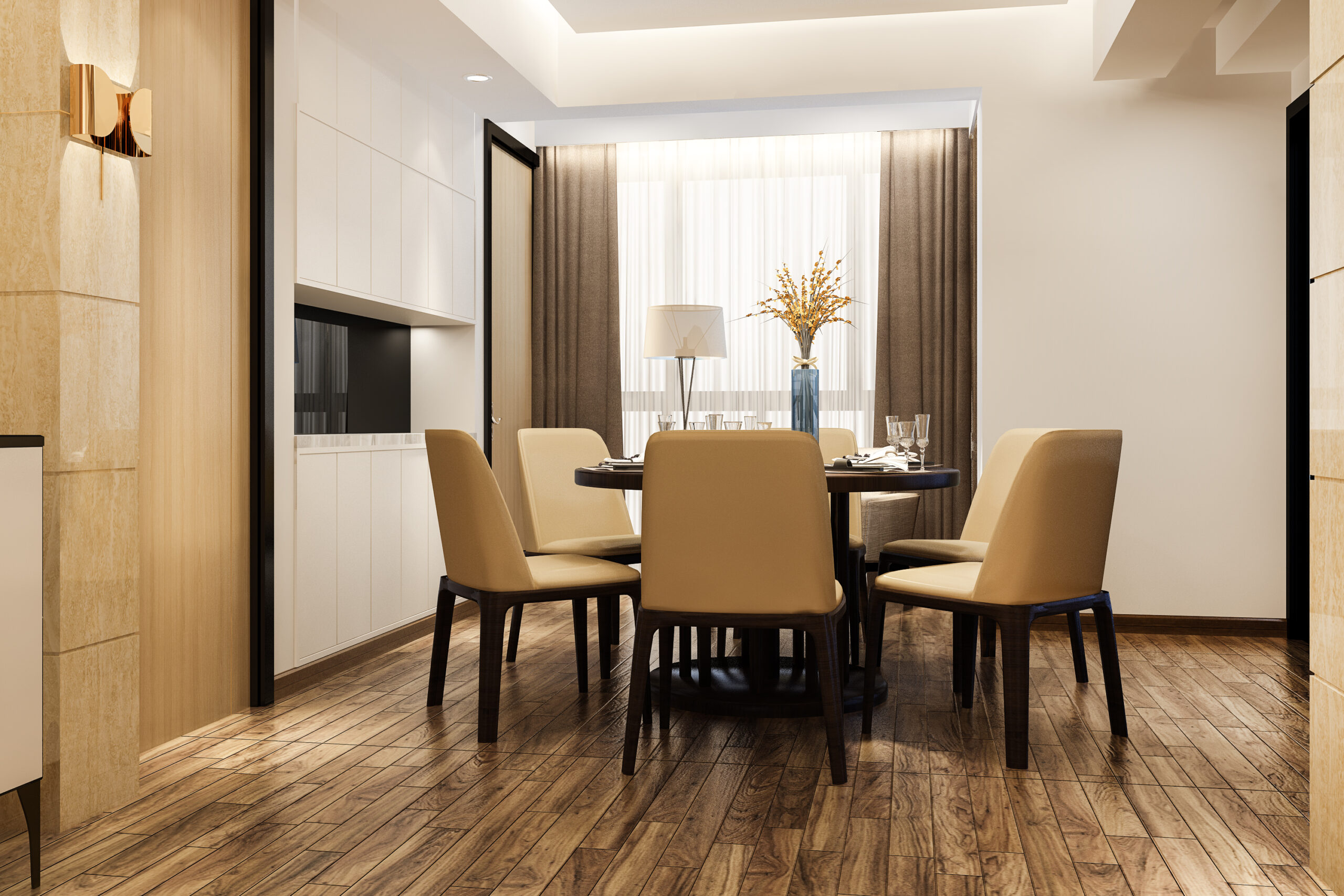Doors are essential to a home’s safety and aesthetic appeal. In addition to providing privacy and security, they beautify the area with lavish decorations that improve its visual appeal. Although there are different types of doors available on the market, flush or moulded doors are preferred for their durability and aesthetic appeal. Both types of doors provide a lasting impact and are equally beautiful when they beautify the doors of residential and commercial properties. When you are choosing between moulded doors vs flush doors for your space, there are various factors that you should consider, like the cost, functionality, and overall appearance of the product. Both types of doors have their unique characteristics. According to your specific preferences, you can choose between moulded doors vs flush doors. In this blog, you will read about moulded doors and flush doors.
Understanding Flush Doors
Before installing the door at your place, you must know, “What are flush doors?” Flush doors contain simple door designs that are split into panels and are completely flat on both sides. These doors are best for both residential and commercial spaces because of their smooth and minimalistic look. Additionally, these doors are economical and highly durable. Modern interior design prefers flush doors because customization options are available with these doors. These doors are resistant to scratches, strains, and moisture. Flush doors improve the aesthetic appeal of your space and require low maintenance. Along with this, you should know, “What are flush doors made of?” The components used for these kinds of doors are a single veneered wood piece that has adhesive plywood, veneer, or laminate applied to both sides.
Types of Flush Doors
Different types of flush doors are available on the market, as follows:
- Solid-core flush door
These doors are composed of a solid block of material like MDF, cross-band, particleboard, face wood veneer, etc. After that, a veneer or laminate surface is used to cover the core. If you are wondering which flush door is best, then look no further. A solid-core flush door is best for the exterior of a home. This type of flush door is renowned for its durability and sound insulation.
- Hollow Core Flush Door:
Hollow-core flush doors have a hollow base and are supported by a honeycomb structure, but they are not as strong as solid-core flush doors. The thickness of these doors is more than 6 mm, but they are light in weight. These doors are less expensive and are best for homes.
- Glass Flush Door:
These doors have glass panels and allow light to pass through. Glass flush doors are best for offices, conference rooms, and other business spaces.
- Cellular Core Doors:
The plywood battens are fixed to form the cellular core flush door frames, and their minimum width is 25 mm. Plywood sheets and face veneers are glued under pressure to both faces of the core to create the shutter. The plywood sheet in this kind of sunmica door for a house must always be thicker than 3 mm.
- PVC flush door:
Polyvinyl chloride (PVC) is used in the manufacture of PVC flush doors. These doors are easy to maintain and are water- and termite-resistant. Flush door uses: It is used in bathrooms, kitchens, and other high-moisture environments.
Pros and cons of flush doors
The pros of flush doors are as follows:
- Flush doors are simple in design, easily available in a range of materials, and less expensive.
- These doors have great strength, are impact-resistant, and are also stiff.
- The interior of these doors is constructed from rectangular softwood blocks, and they never twist with time.
- It has a rich, elegant, and appealing appearance.
- These doors are easy to install and perfect for daily use.
- These doors can be used in both interior and exterior spaces.
- By applying varnish, these doors are both decay- and weather-proof.
- These doors are free from fungus and termites because of a chemical treatment.
- These doors are cheaper, as the price of the material used in them is very low.
- These doors provide sound insulation where minimum noise transfer between rooms is important.
The cons of flush doors are as follows:
- As it is factory-prepared, the required size of the door opening must be given because further modifications will be somewhat difficult.
- When the doors made from MDF are exposed to weather like rain and sun, they are susceptible to damage from moisture or impacts.
- This door is difficult to handle, carry, and fit within your space, as it is heavyweight.
- Due to temperature, moisture, etc., veneer, laminate, or plywood begins to split into layers, making it difficult to repair on top.
Mentioned above are some of the pros and cons of flush doors.
Understanding Moulded doors:
If you are planning to install doors in your space, then you must know, “What are moulded doors”? Moulded doors are affordable and available in a range of designs. As they are cheaper, you must be wondering: What are moulded doors made of? The moulded doors are made by pressing wood by-products together in moulds. There are two quality categories for moulded doors: hollow core and solid core. The hollow-core door is less sound-absorbing and lighter than the solid-core door. That is why these doors are less expensive and are used in closets where noise control is not a concern. Additionally, these doors are more durable than standard doors, and they are easy to install. Moulded doors are made from different materials and require low maintenance.
Pros and cons of Moulded doors:
The pros of moulded doors are as follows:
- Moulded doors are an affordable option for homeowners because they are typically less expensive than solid wood or custom-made doors.
- These doors come in a variety of designs and patterns to complement different interior styles and preferences.
- The smooth surface of moulded doors gives them an elegant look. This finish makes it simple to paint and customize to improve or match the interior decor.
- Moulded doors are lighter than solid wood doors, making them easier to handle and install.
- These doors are better than solid wood doors in terms of moisture resistance, expansion, and deformation resistance.
- After prolonged usage, moulded doors are resistant to oxidation, discoloration, and cracking.
The cons of moulded doors are as follows:
- The moulded door will quickly deform and discolor if it is left near or in contact with high-temperature objects for a long time.
- Two planks are used to make moulded doors. The sound insulation effect of hollow door panels is less than that of solid wood doors.
The moulded door pros and cons are mentioned above.
Are Moulded doors any good?
Moulded doors are a good choice for many applications, as they offer several advantages, such as practicality, affordability, and aesthetic preferences. The styles and rail construction of moulded doors give them extra strength in terms of longevity. It offers a wide range of design options, from classic panel styles to modern and minimalist patterns. These doors have smooth surfaces that allow for easy painting and customization, according to the interior style and customer preferences. If there is still a question in your mind, “Are moulded doors any good– then the answer is yes; these doors are an excellent choice for making stunning internal doors.
Choosing Between Flush and Moulded Doors:
If you want to choose between moulded doors vs flush doors, then you should consider the overall style of your interior. For a contemporary or minimalist-looking door, flush doors are the perfect choice. Moulded doors are best for a more traditional or classic feel, as this will add charm to your space. After this, evaluate your budget and consider the maintenance requirement, as flush doors have smooth surfaces, so they are easy to clean, while moulded doors require maintenance. Ultimately, the choice between flush and moulded doors depends on the desired aesthetic of your space, budget, and maintenance preferences.
Conclusion:
If you are planning to renovate your home or any other commercial space, you have to choose between flush doors and moulded doors. Before this, you have to consider a few things like interior style, budget, maintenance, etc. If you want a minimalistic look and a door within your budget and also don’t have time for maintenance, then a flush door is perfect for you. Flush doors require less maintenance and come with strain-resistant qualities. On the other hand, moulded doors are stronger and more durable. Advance Laminates offers a wide variety of laminate doors that are cost-effective and durable.
FAQs
- What is the main difference between flush doors and moulded doors?
The main difference between moulded doors vs flush doors is their design and appearance. Flush doors have a simple, flat surface characterized by their sleek and minimalist look. These doors are made from materials such as wood, medium-density fiberboard (MDF), or veneer. They are particularly popular for spaces where a clean appearance is desired. Moulded doors are made from composite materials, or MDF, into specific designs, creating a textured and elegant look. These doors give the appearance of traditional wood doors with raised panels, but at an affordable cost.
- Are flush doors suitable for all types of spaces?
Flush doors are suitable for various types of spaces, but it depends on the specific needs, design preferences, and functionality of the given area. These doors are best for interior and exterior spaces. Both sides of the flush doors are plain and offer customization options in terms of styles. The flush door might not align with the aesthetic of a traditional or classic interior. A solid-core flush door is the best type of flush door.
- What are the common materials used in flush doors?
If you want to know what are flush doors made of, then the simple answer is that the common materials used in flush doors are made by using a solid core made from particleboard, MDF, or solid wood. The smooth surface of the door is subsequently achieved by applying a veneer or laminate layer over this core. There are many internal and external applications for flush doors. Simple door designs with flawlessly smooth surfaces on both sides are known as flush doors.
- Are moulded doors durable and long-lasting?
Moulded doors are well-known for their durability and longevity, which make them a popular choice for various residential and commercial applications. To ensure its durability, check what are moulded doors made of. The manufacturing process of moulded doors involves compressing composite materials or medium-density fiberboard (MDF) under high pressure to create a robust and stable structure. These doors offer a cost-effective solution without compromising on durability. Regular care extends the lifespan of the doors. Their longevity means that they can serve as a reliable investment for the owners.
- Can moulded doors be used in humid environments like bathrooms?
Yes, moulded doors can be used in humid environments like bathrooms. These doors are generally durable and resistant to warping. Some of the factors that you should consider when you are using moulded doors for the bathroom are: first, check what are moulded doors made of. Make sure the doors have a water-resistant coating or moisture-resistant MDF. Take preventive measures to ensure their longevity in humid conditions, such as proper ventilation to control humidity levels.

